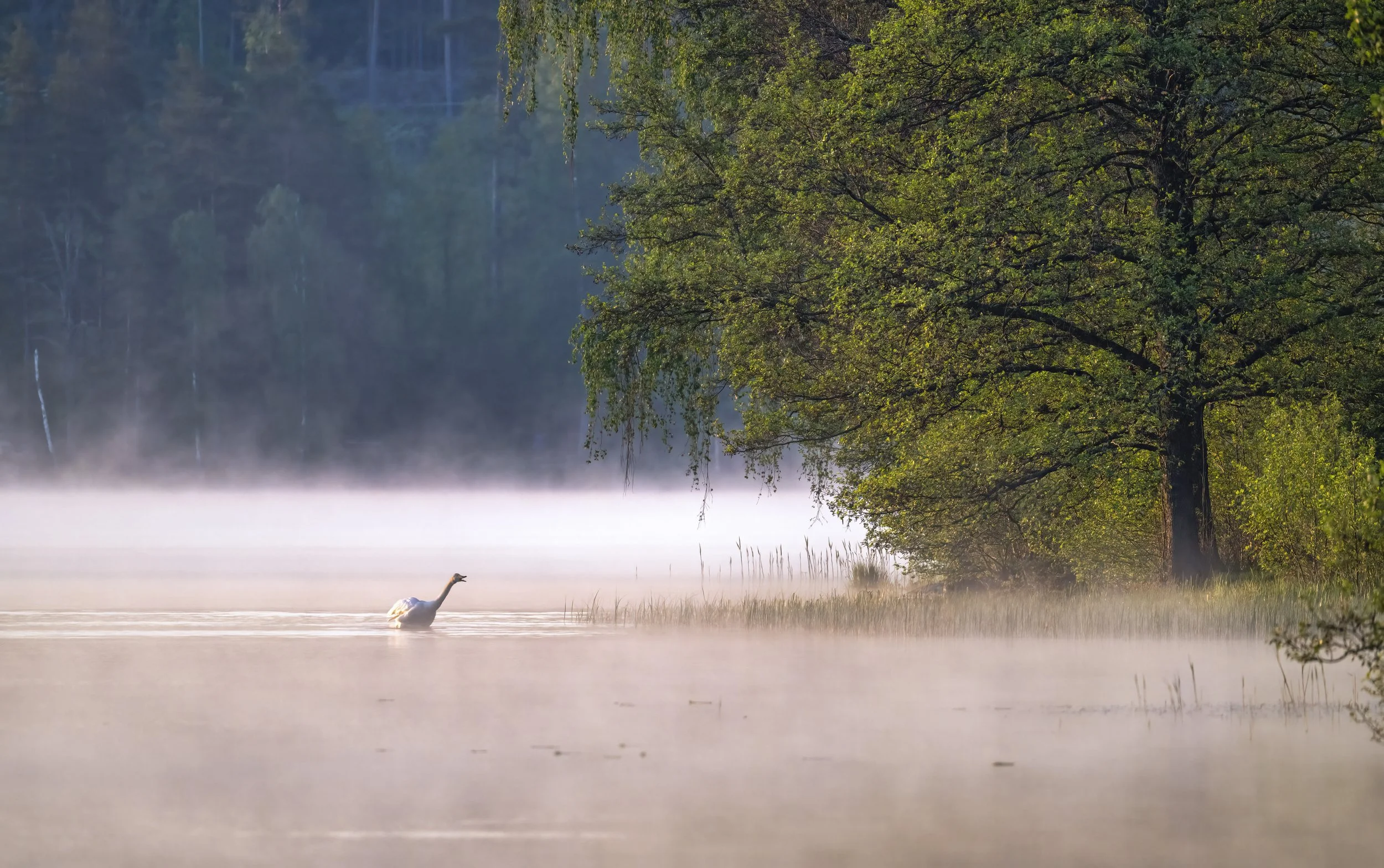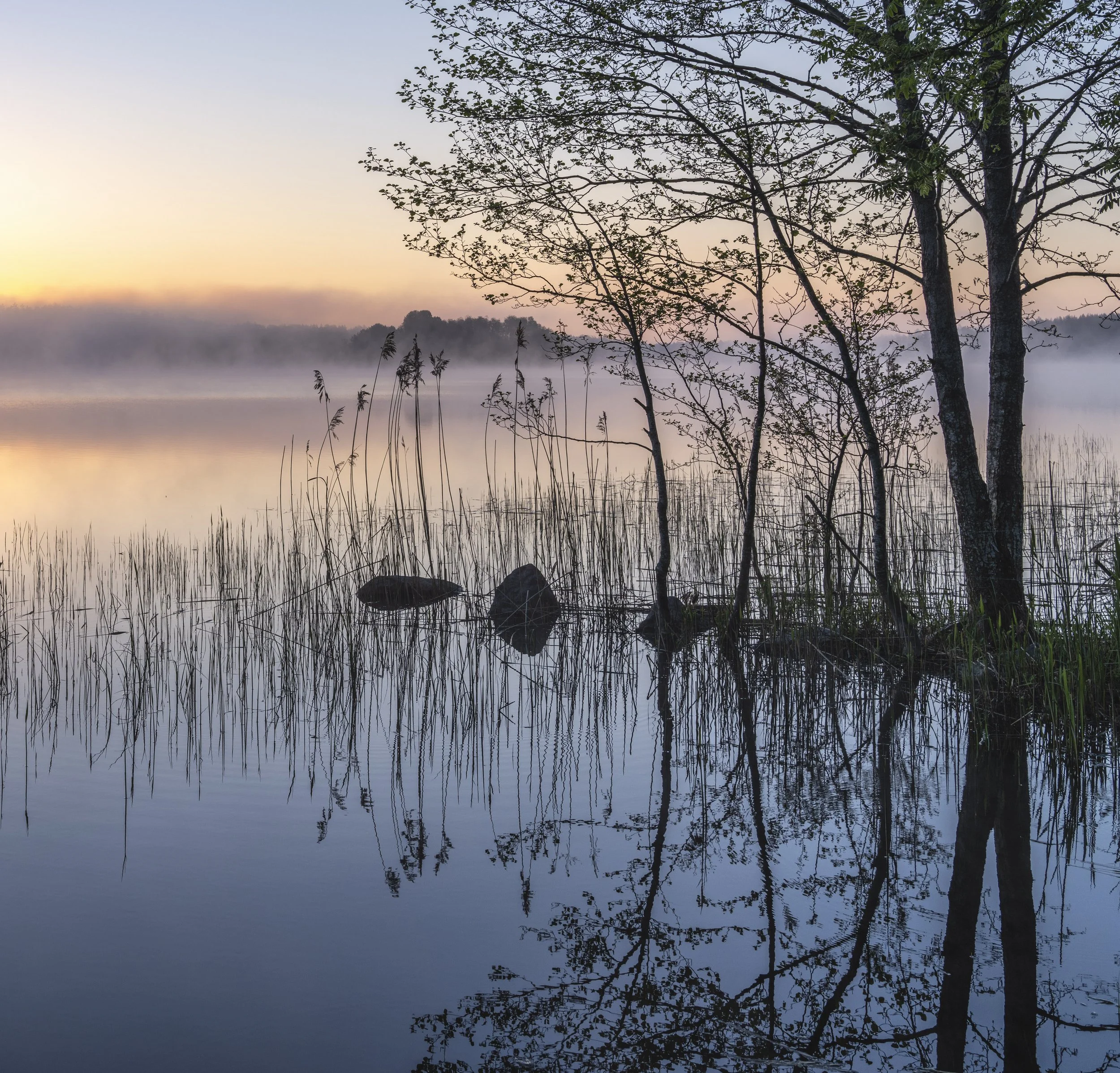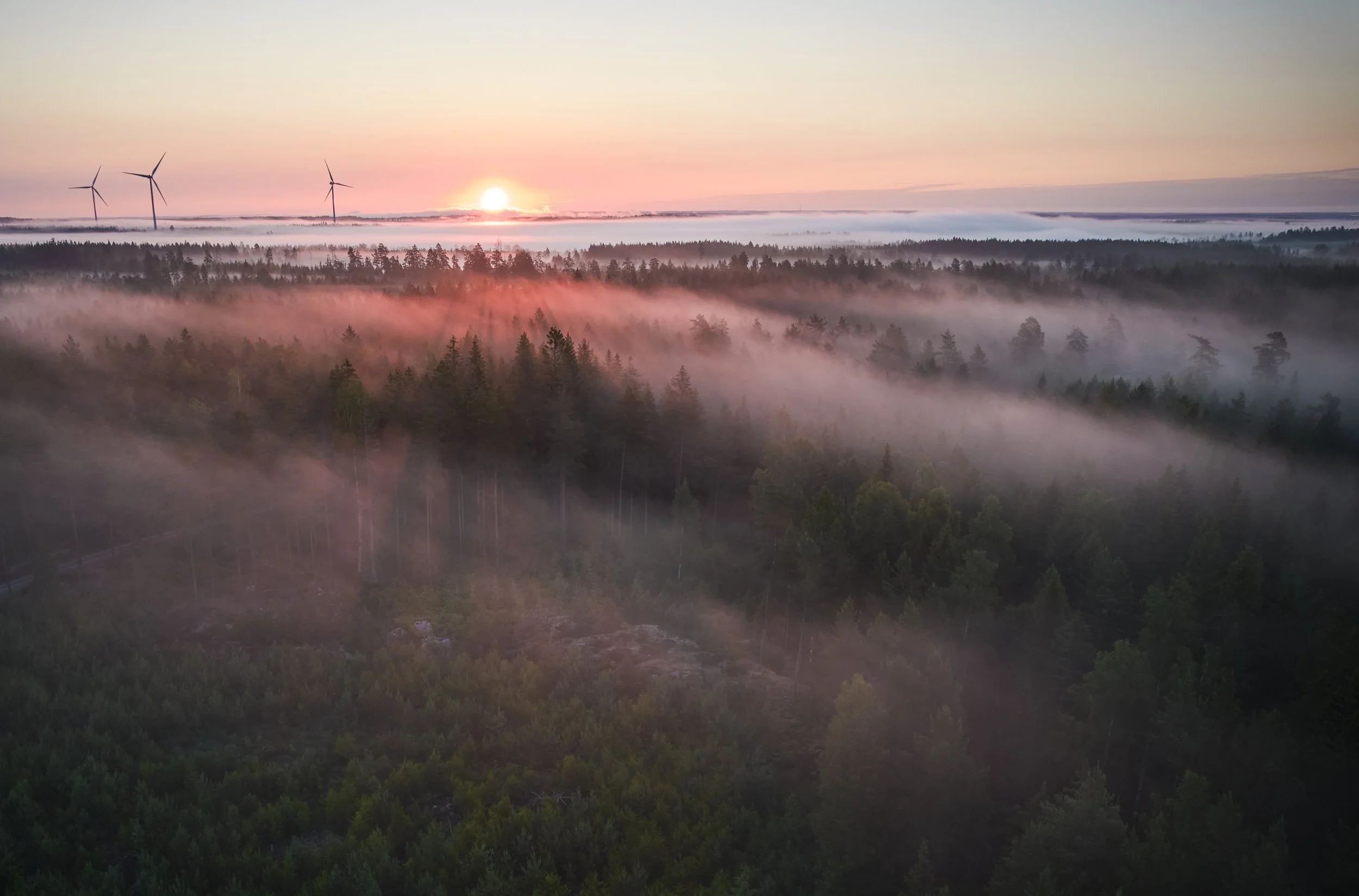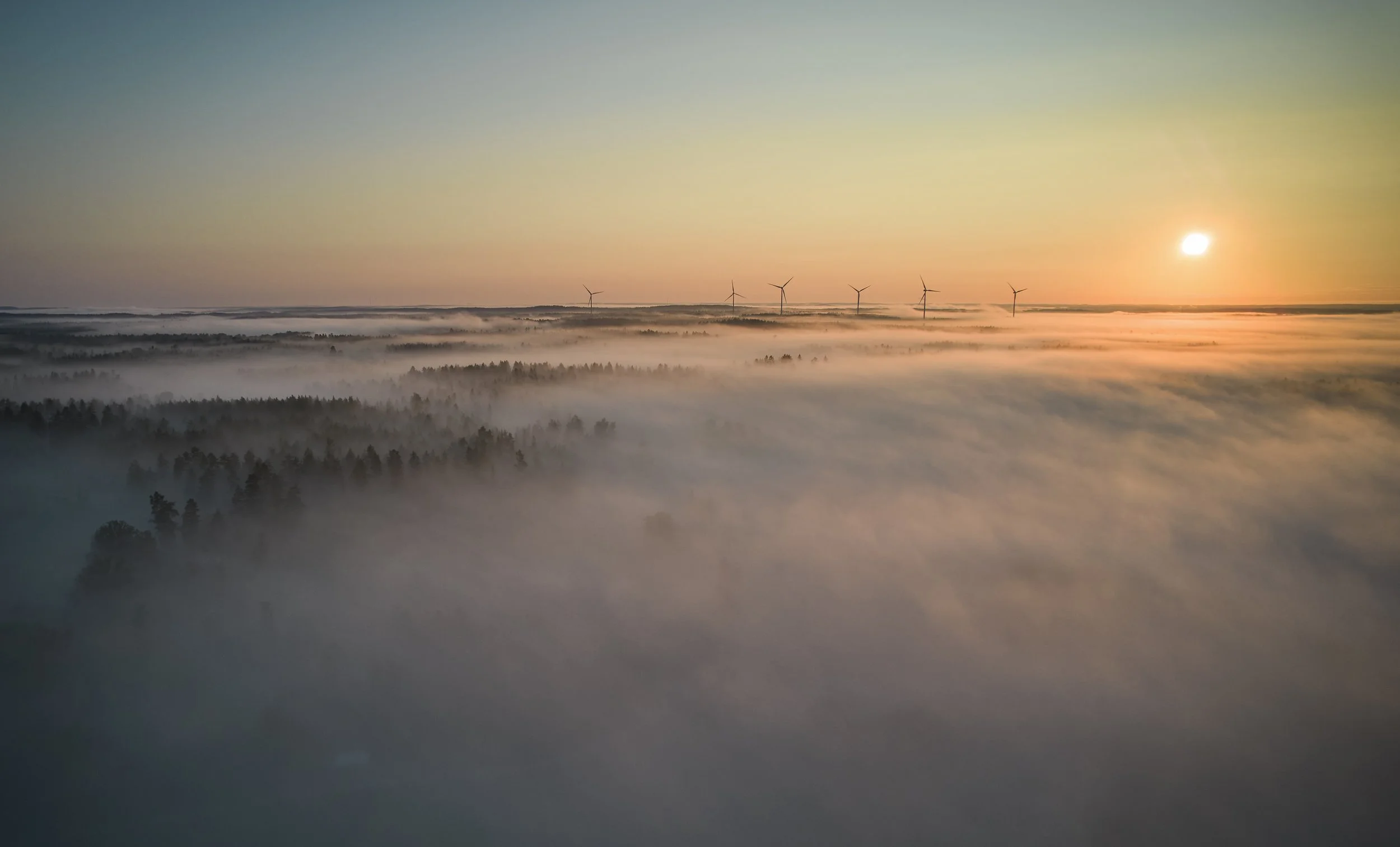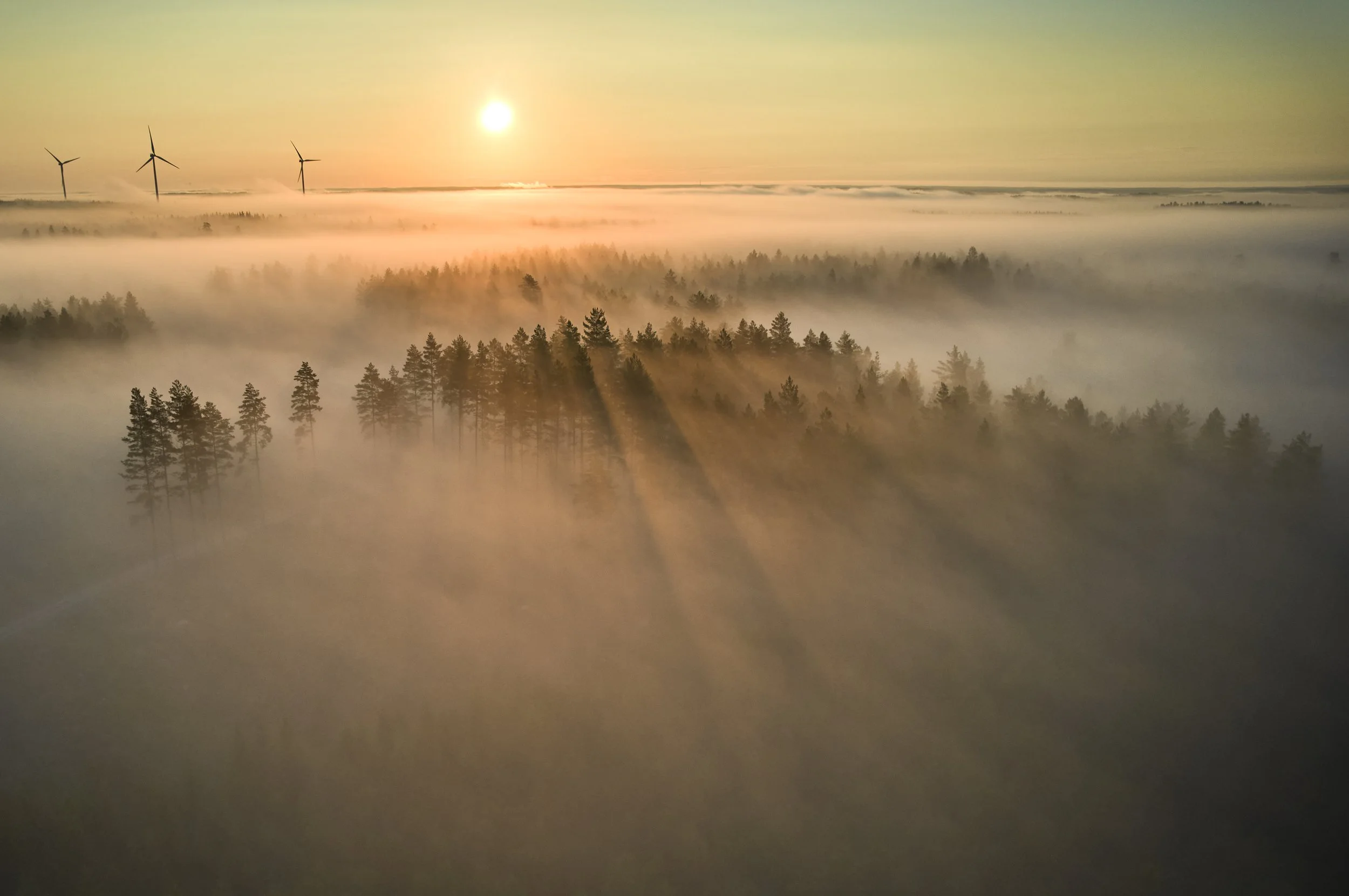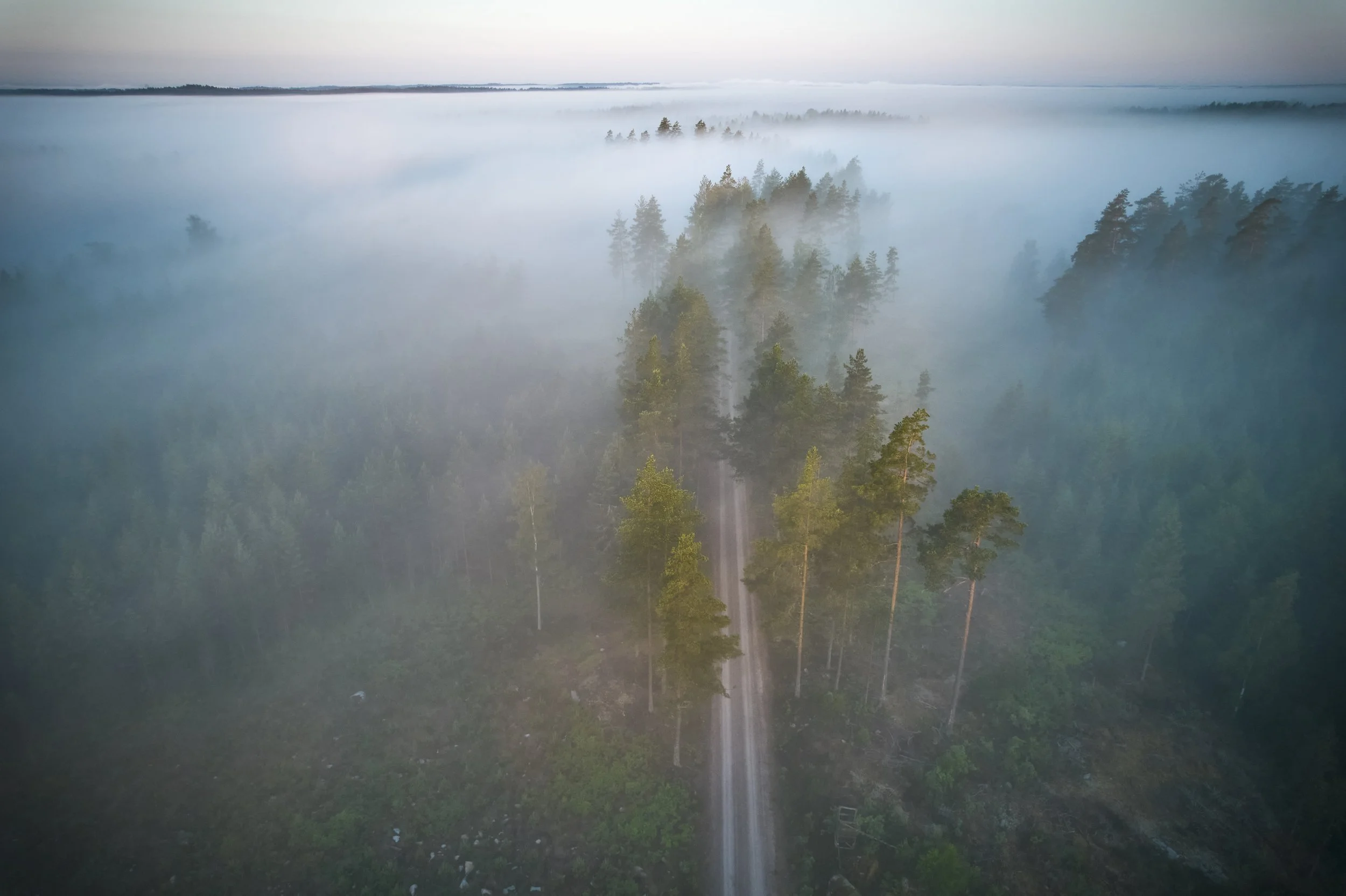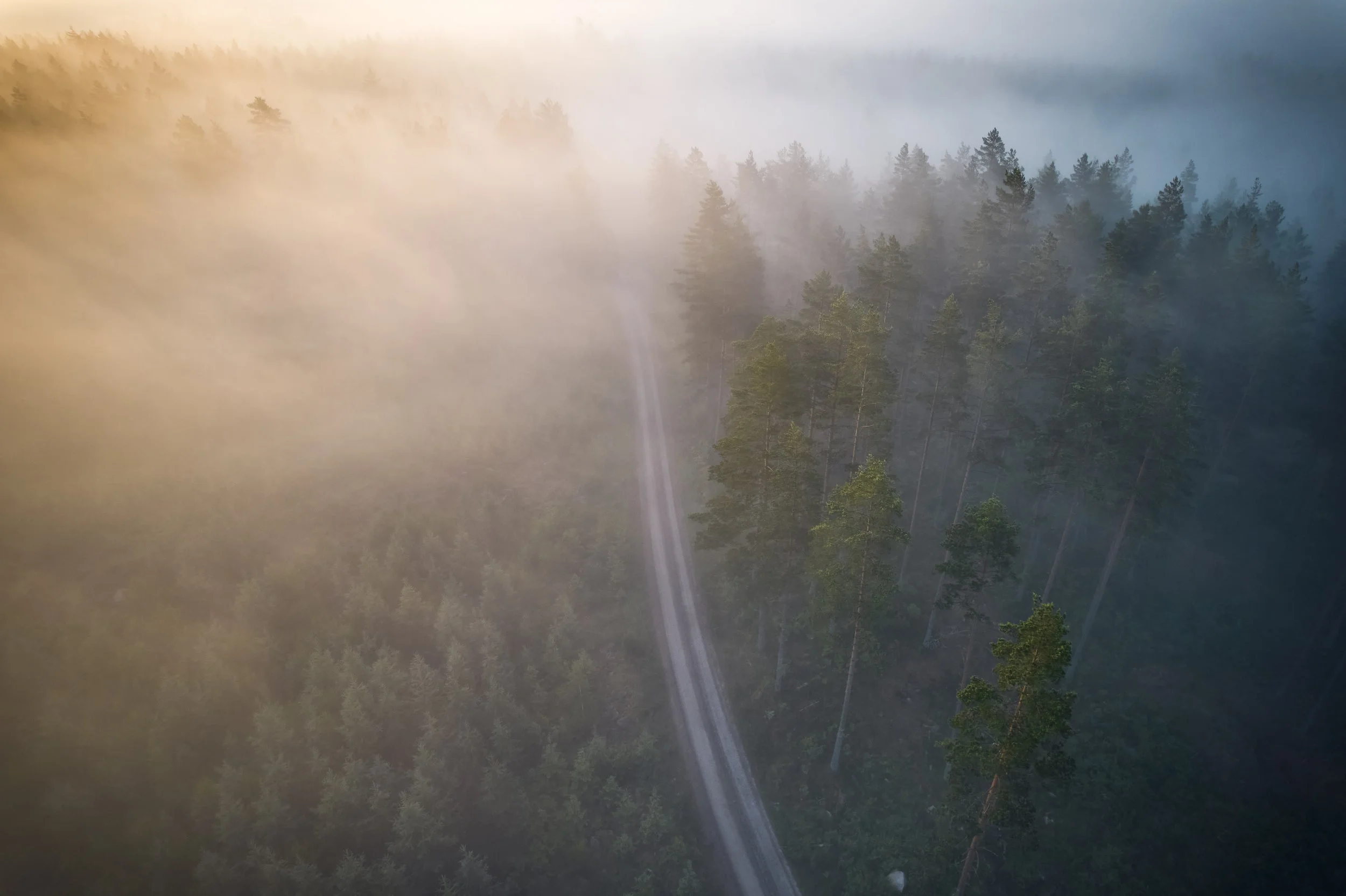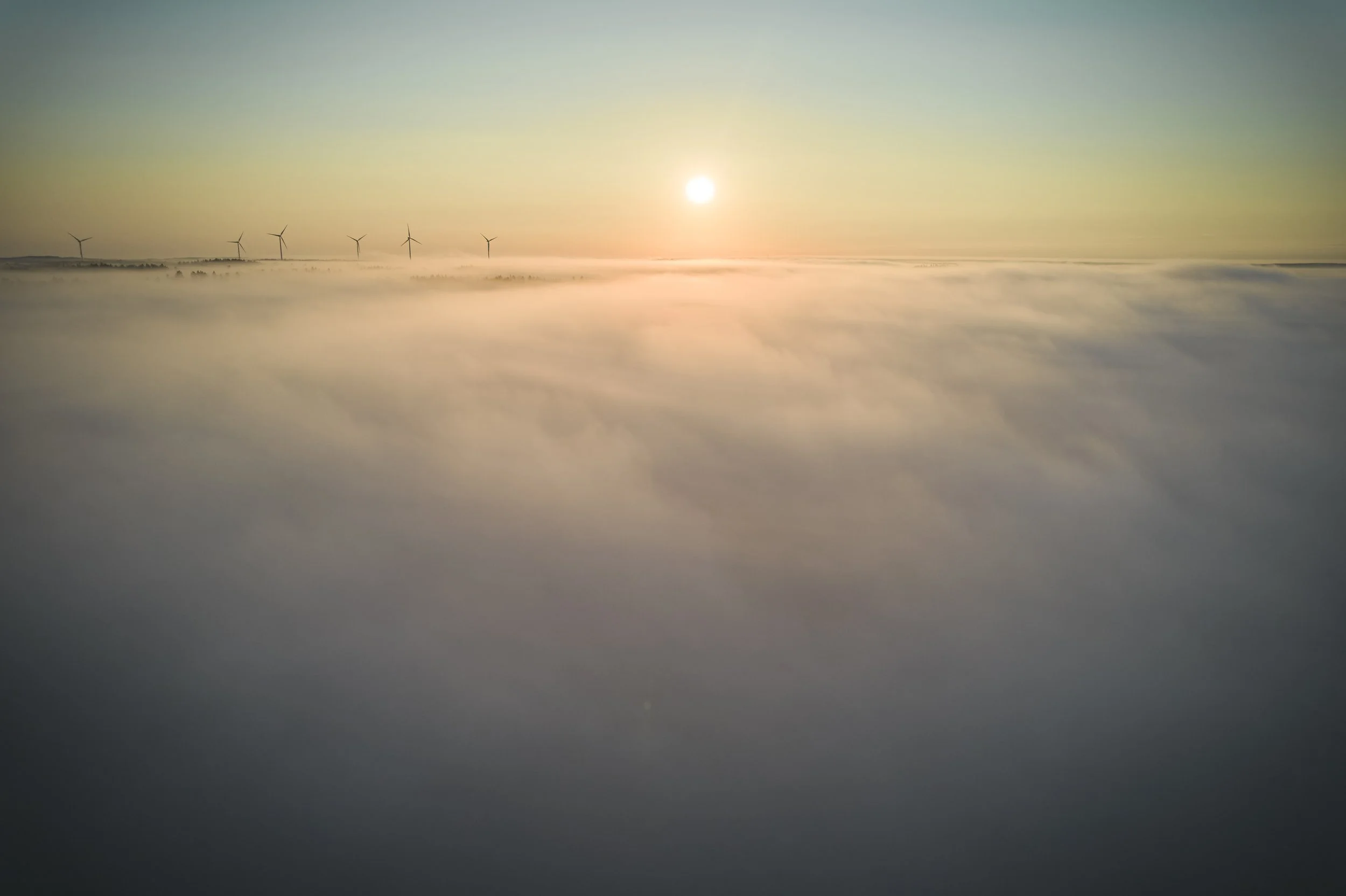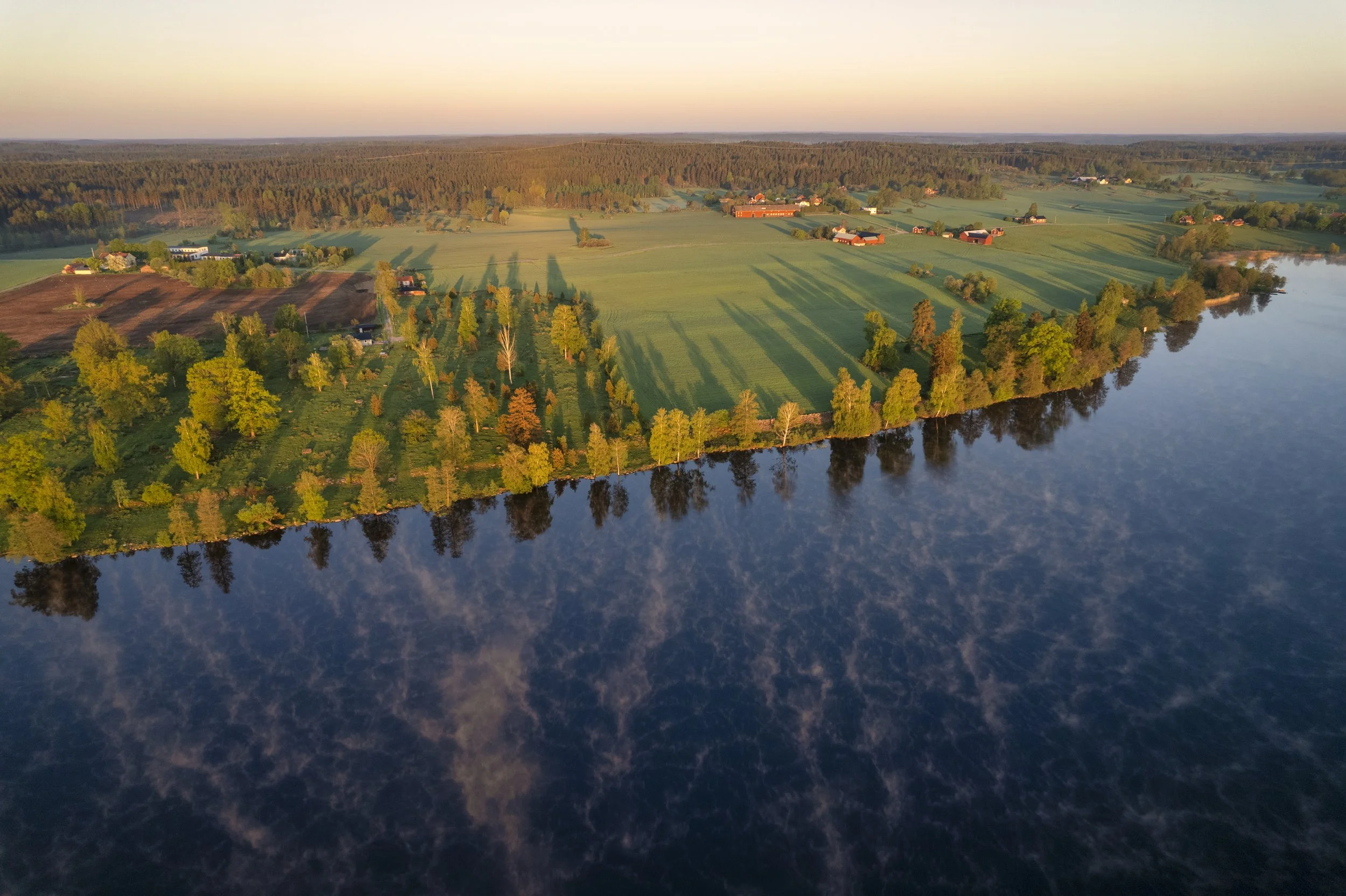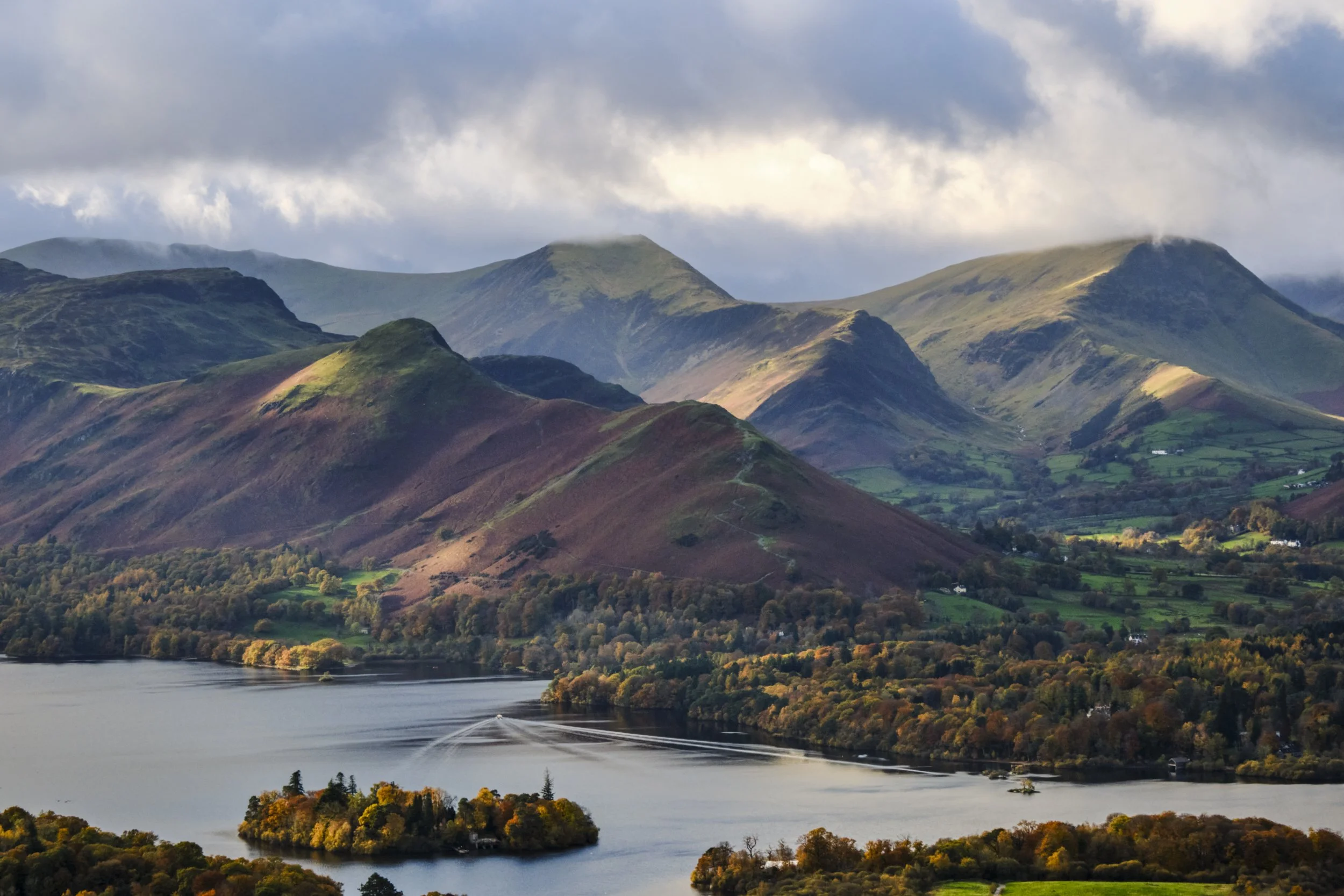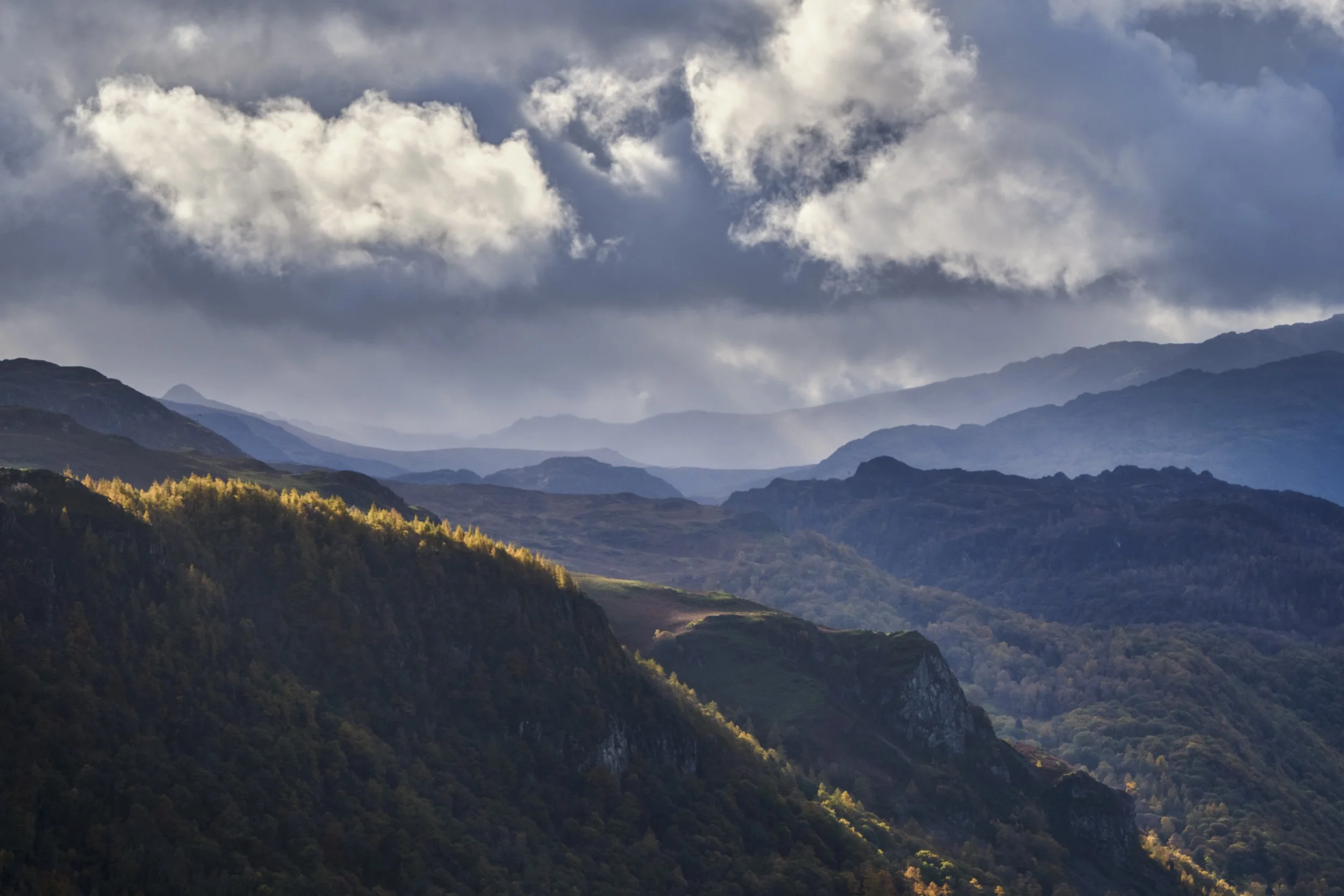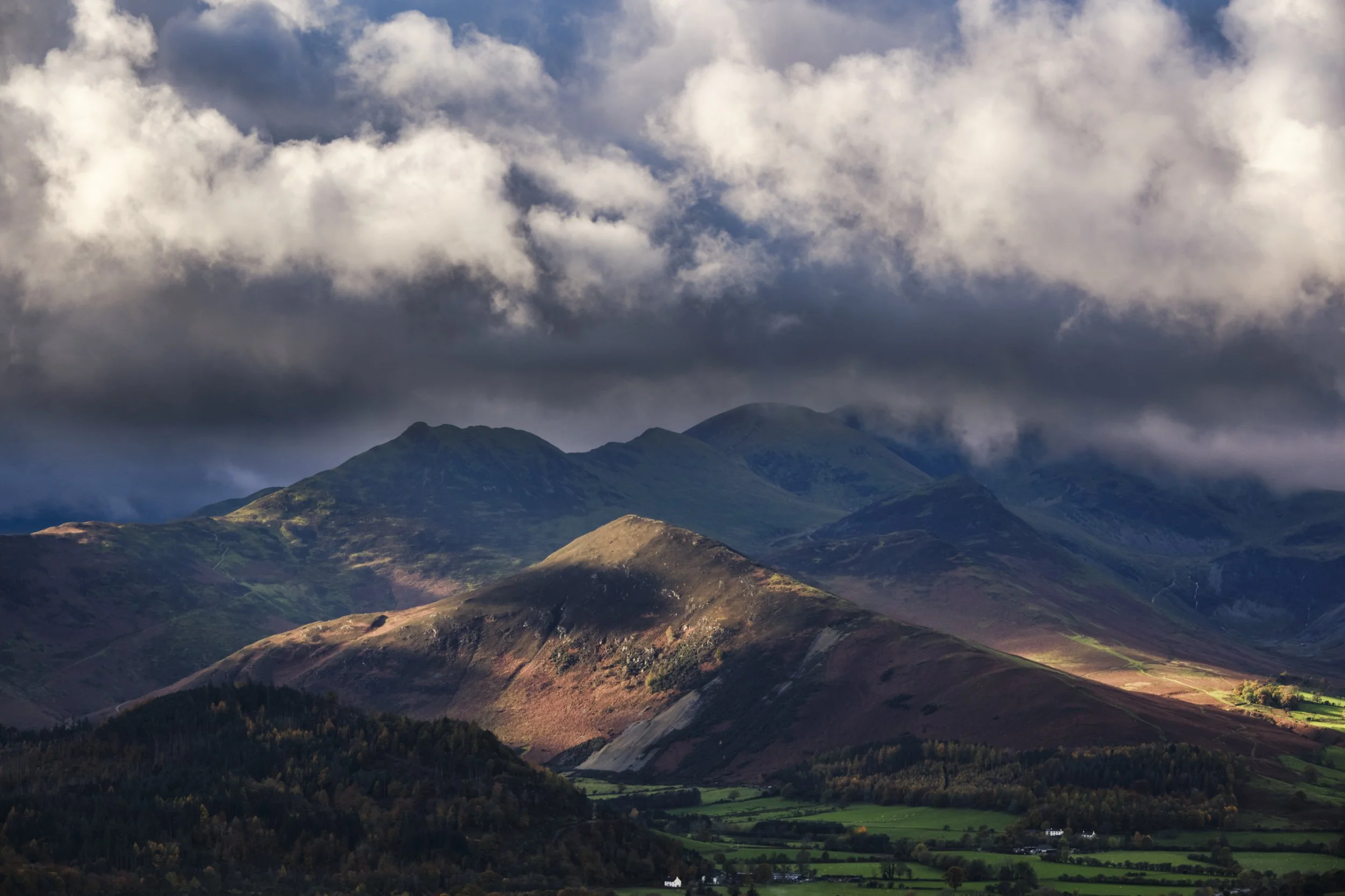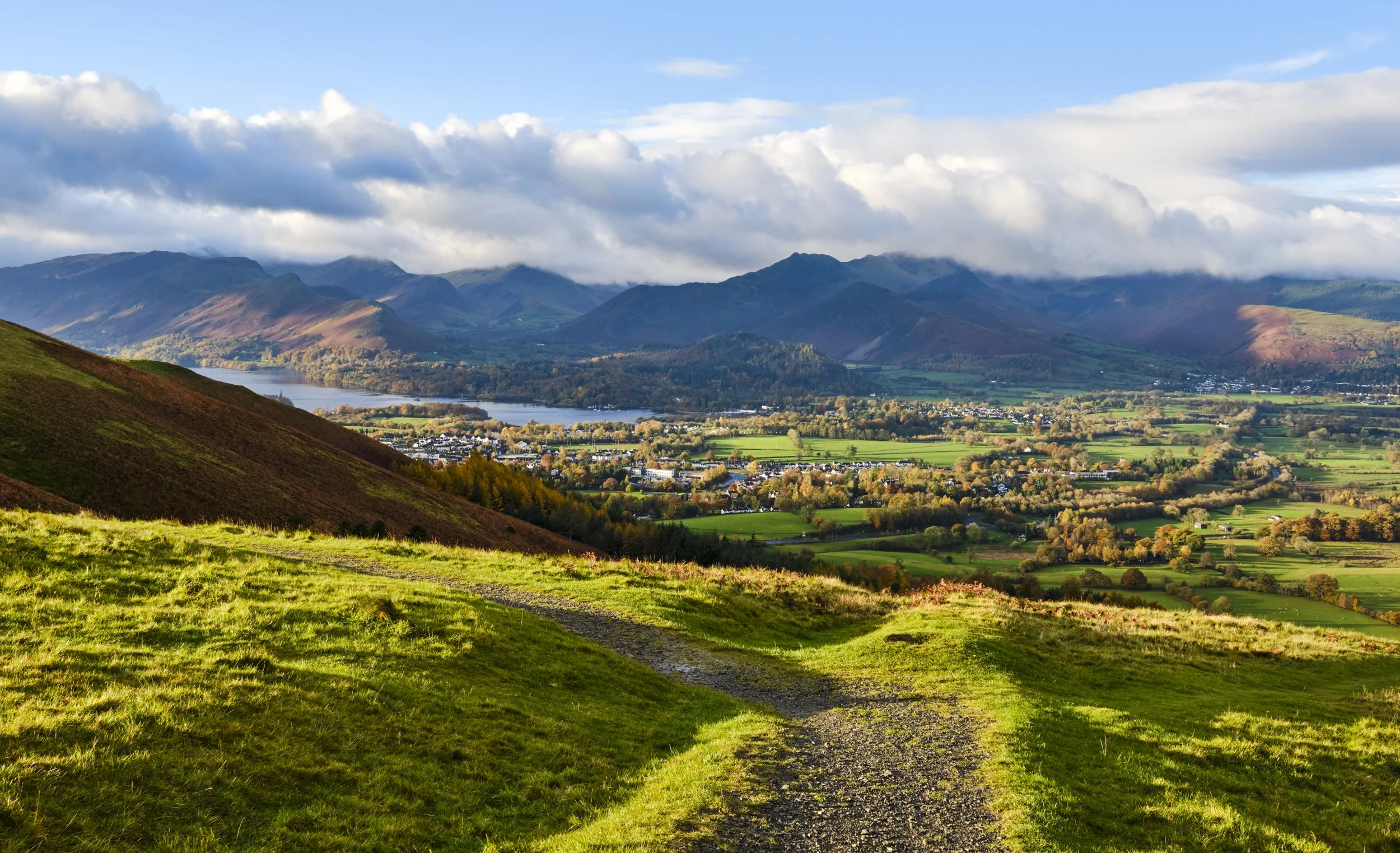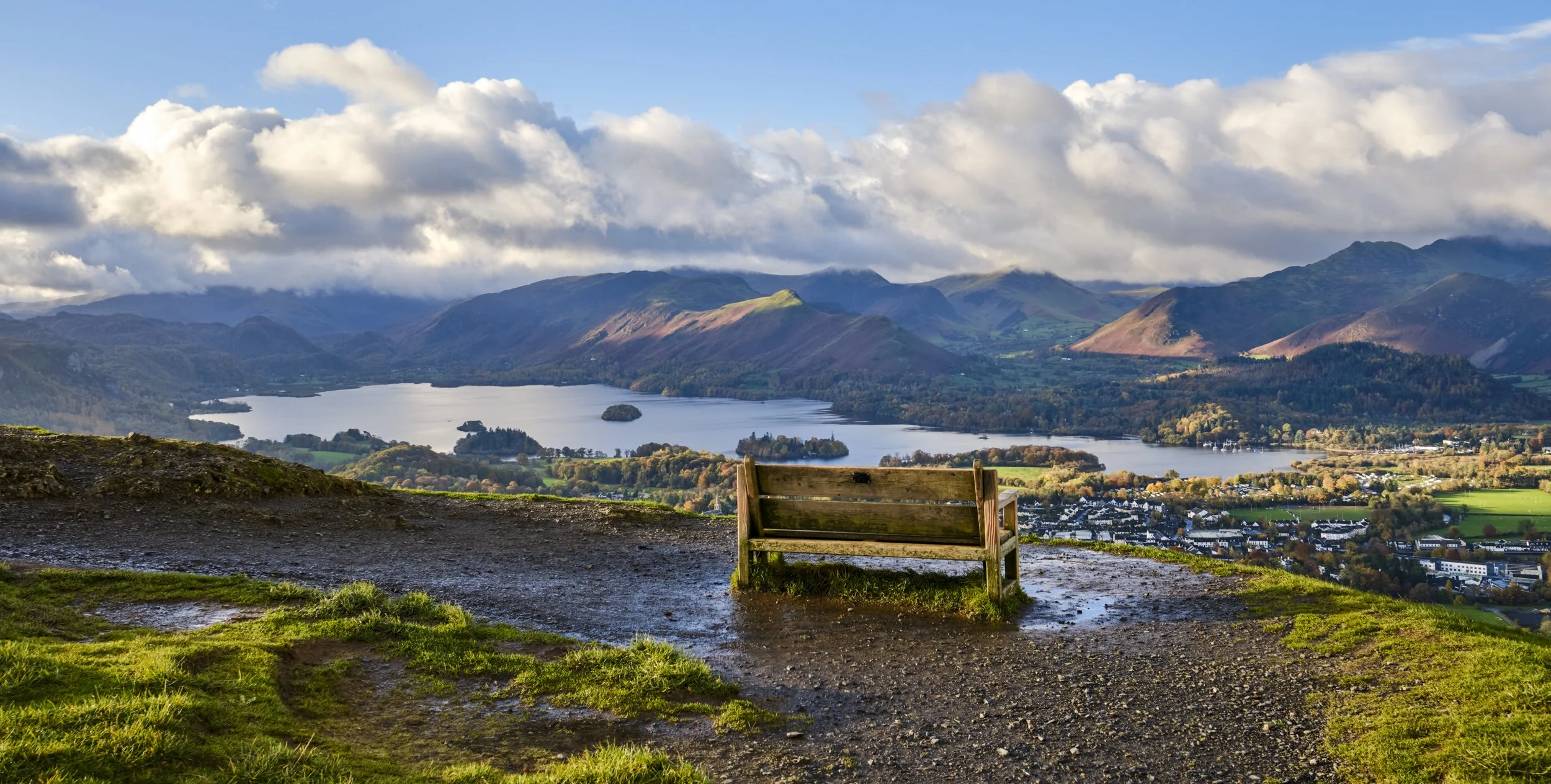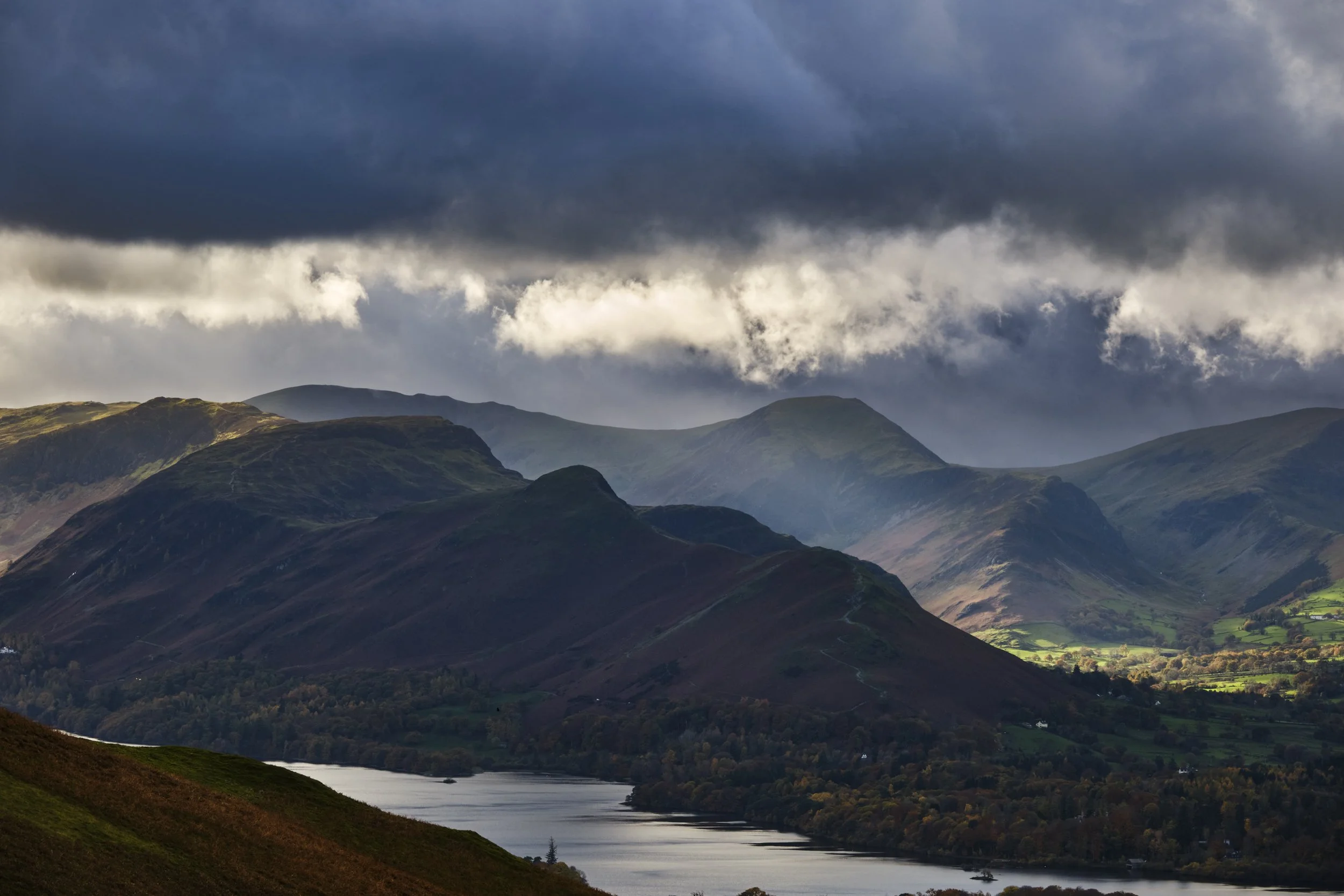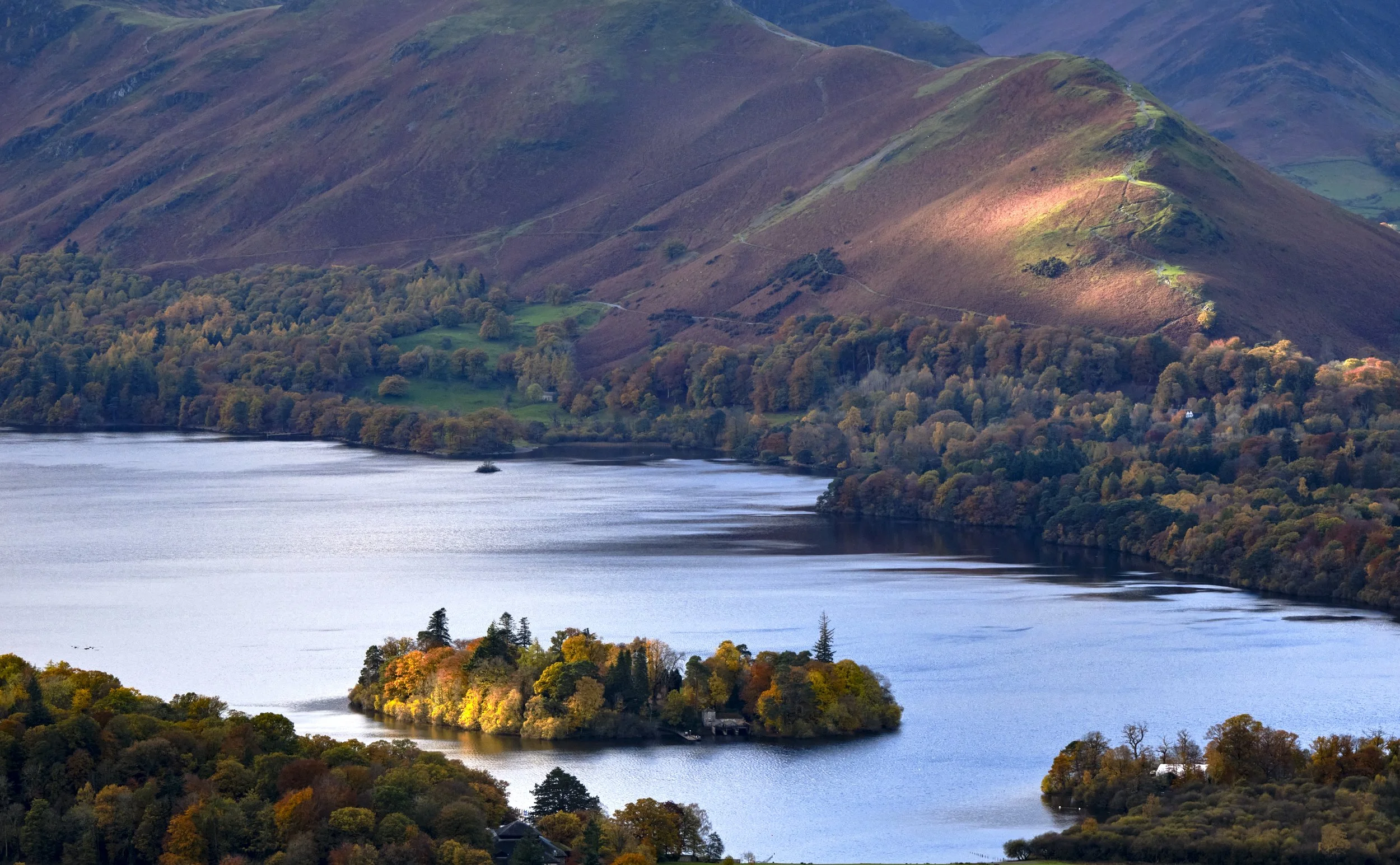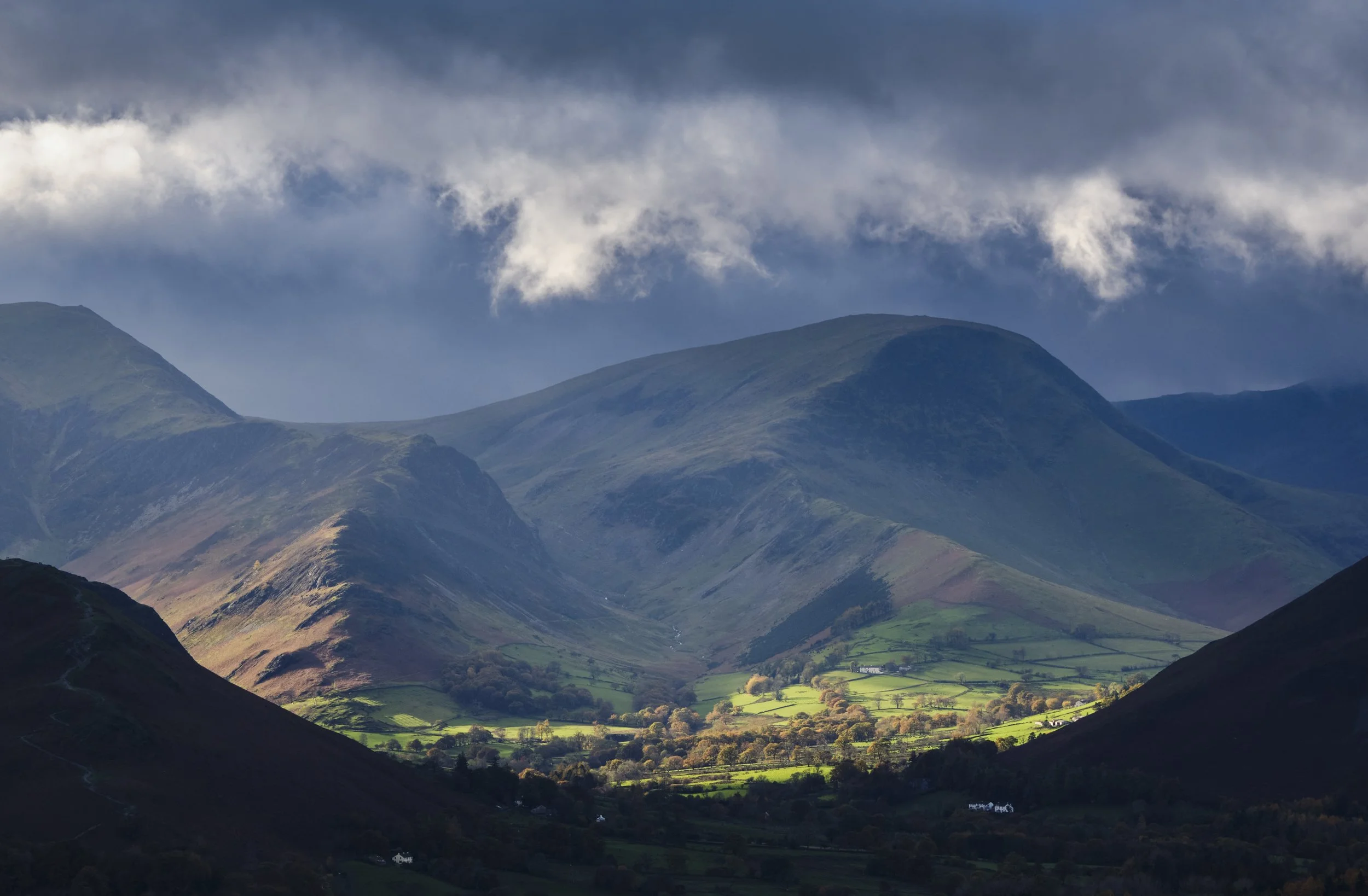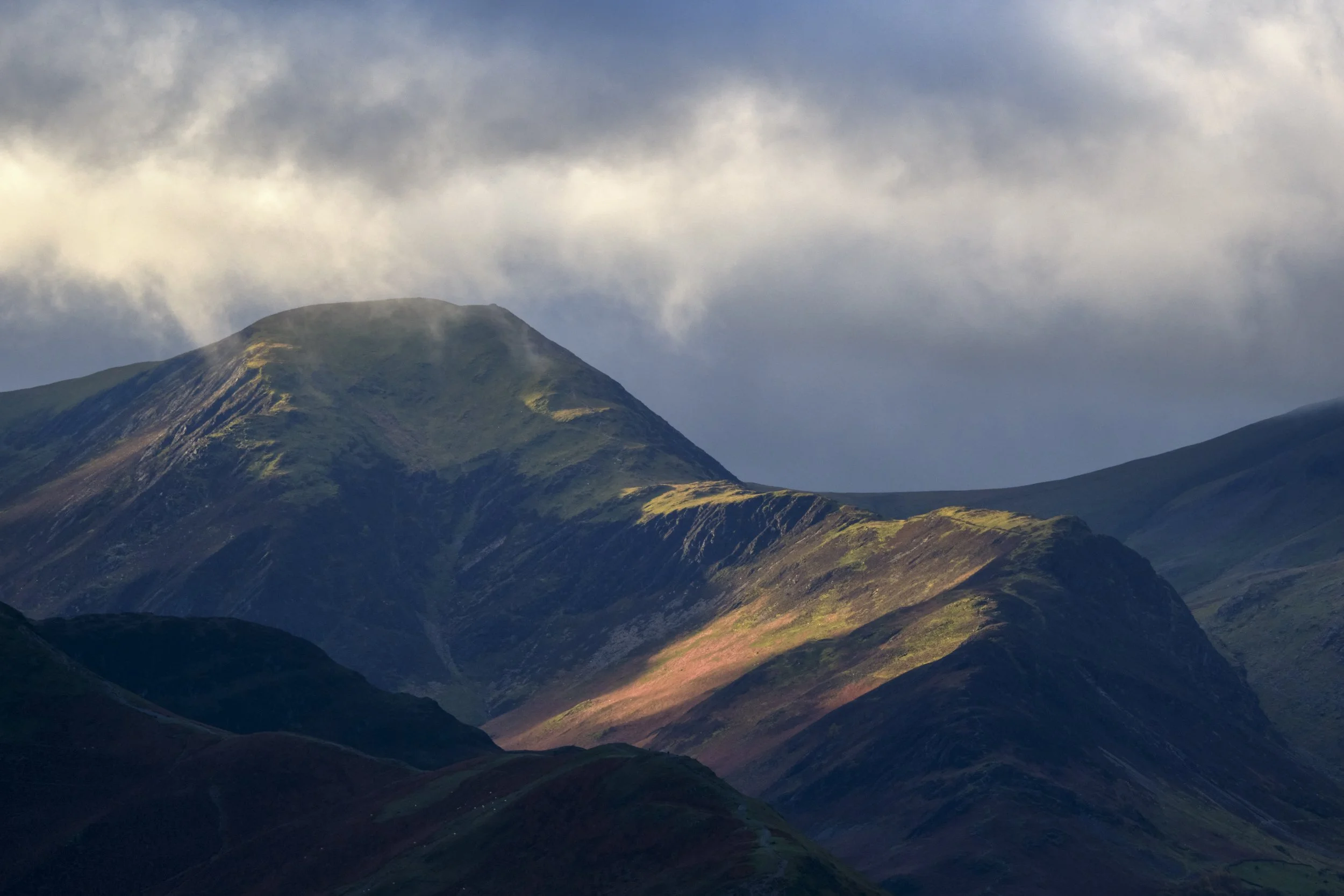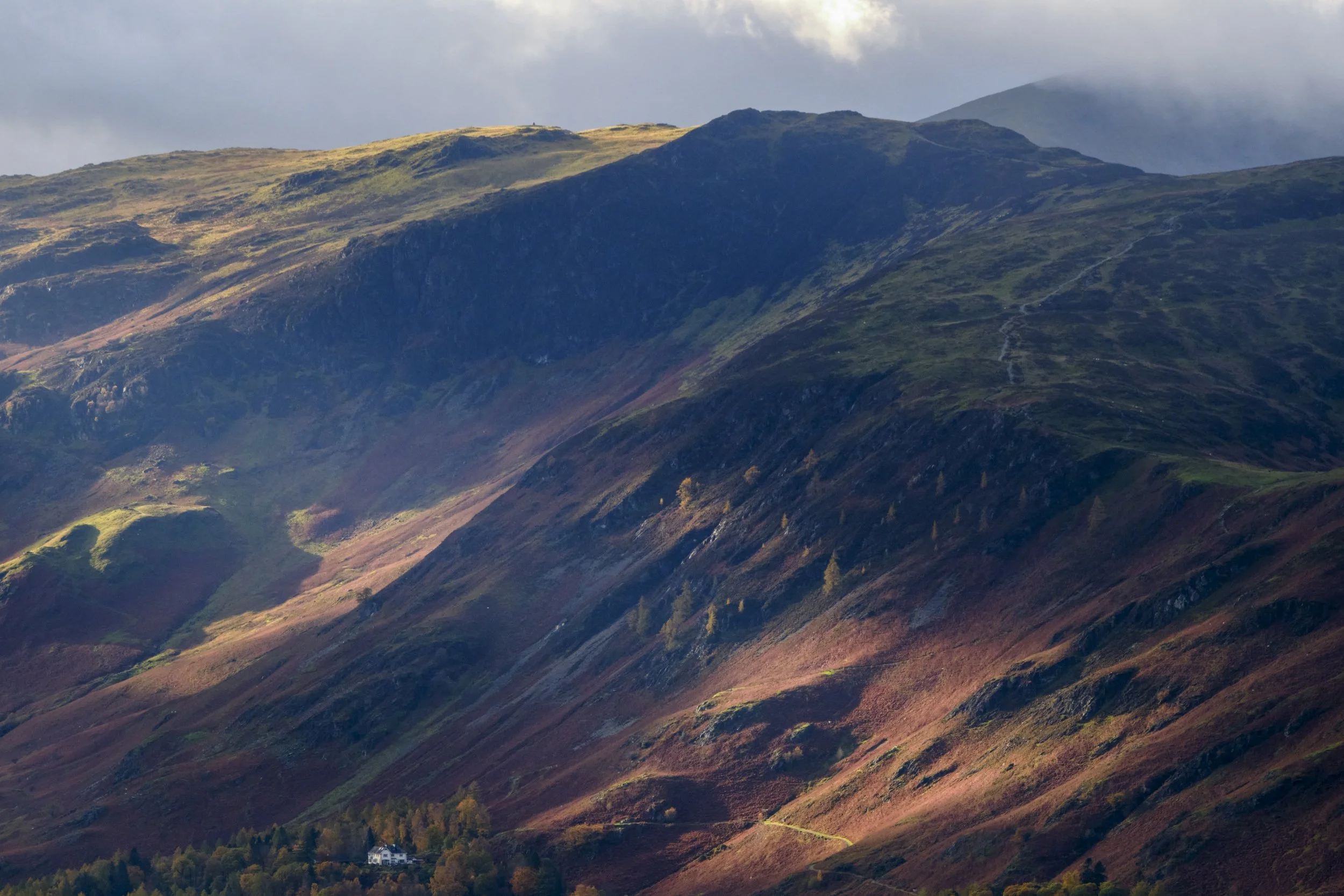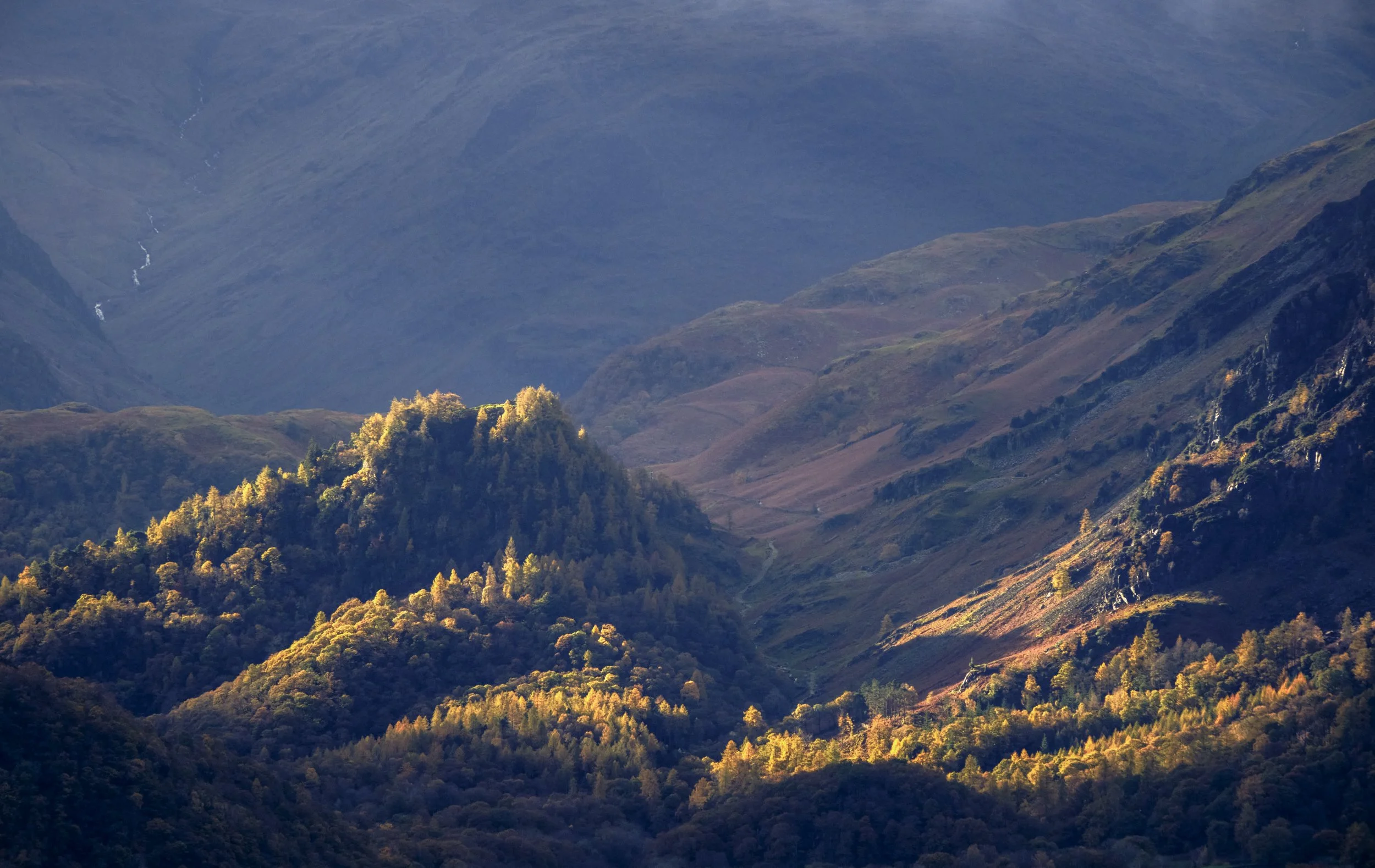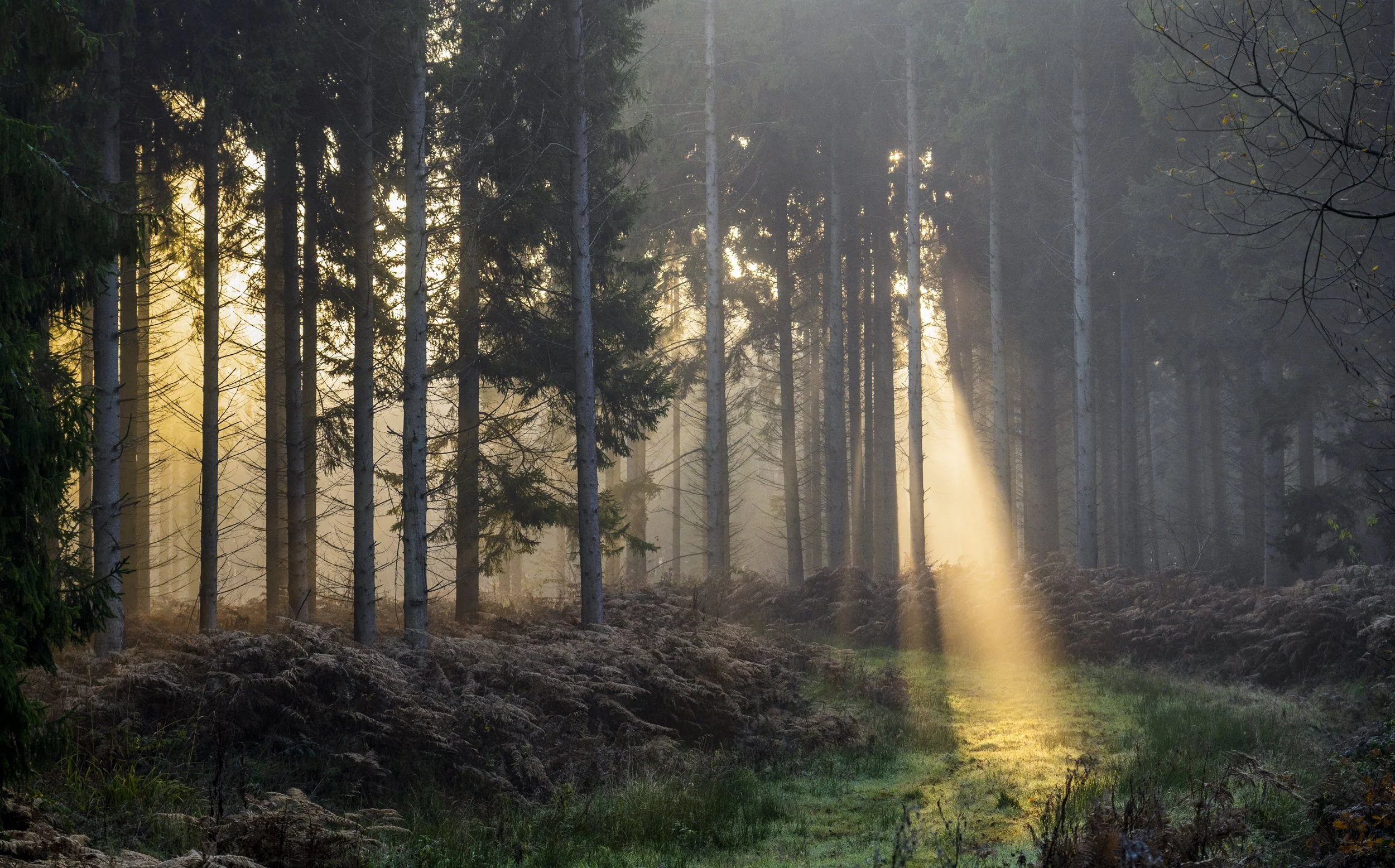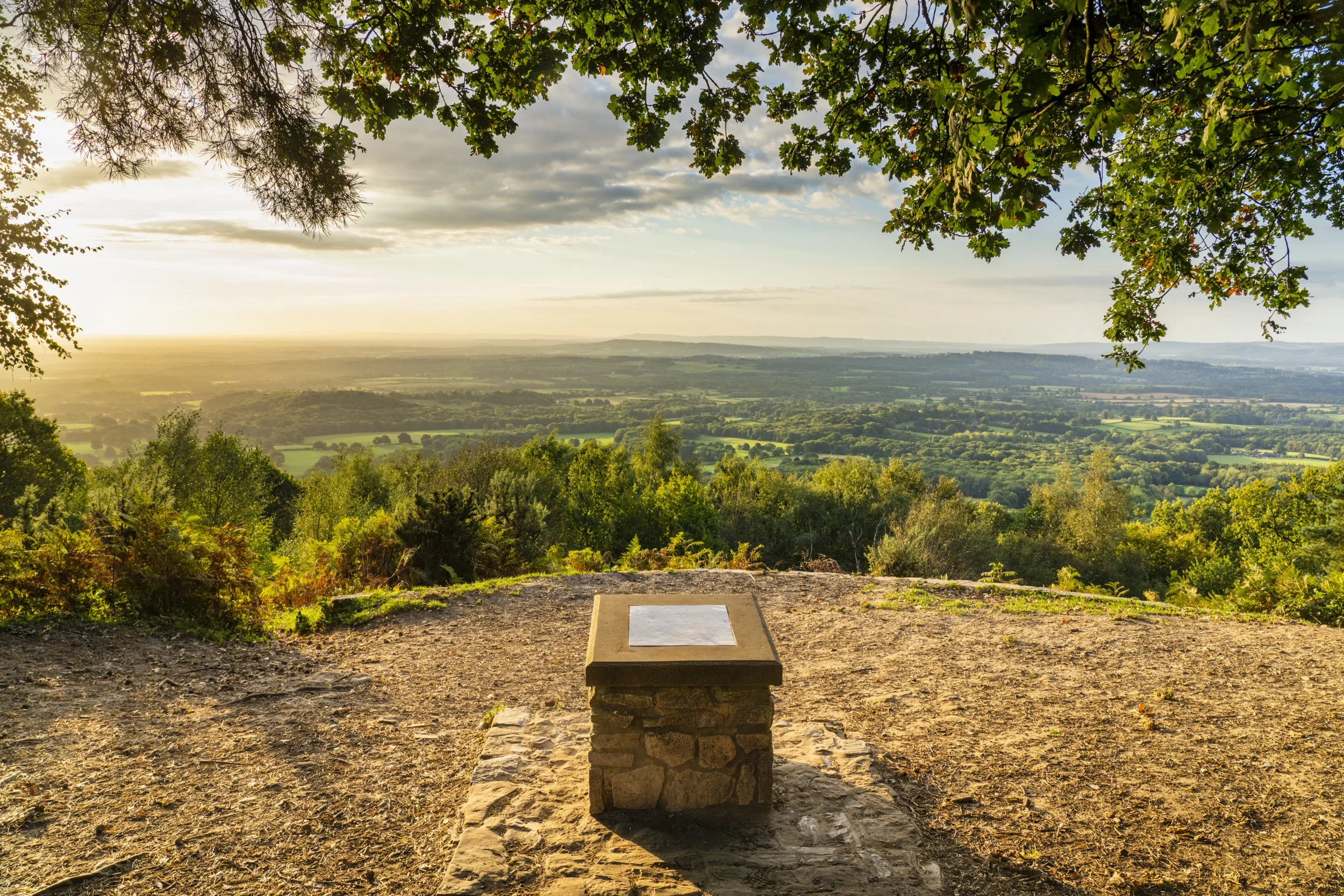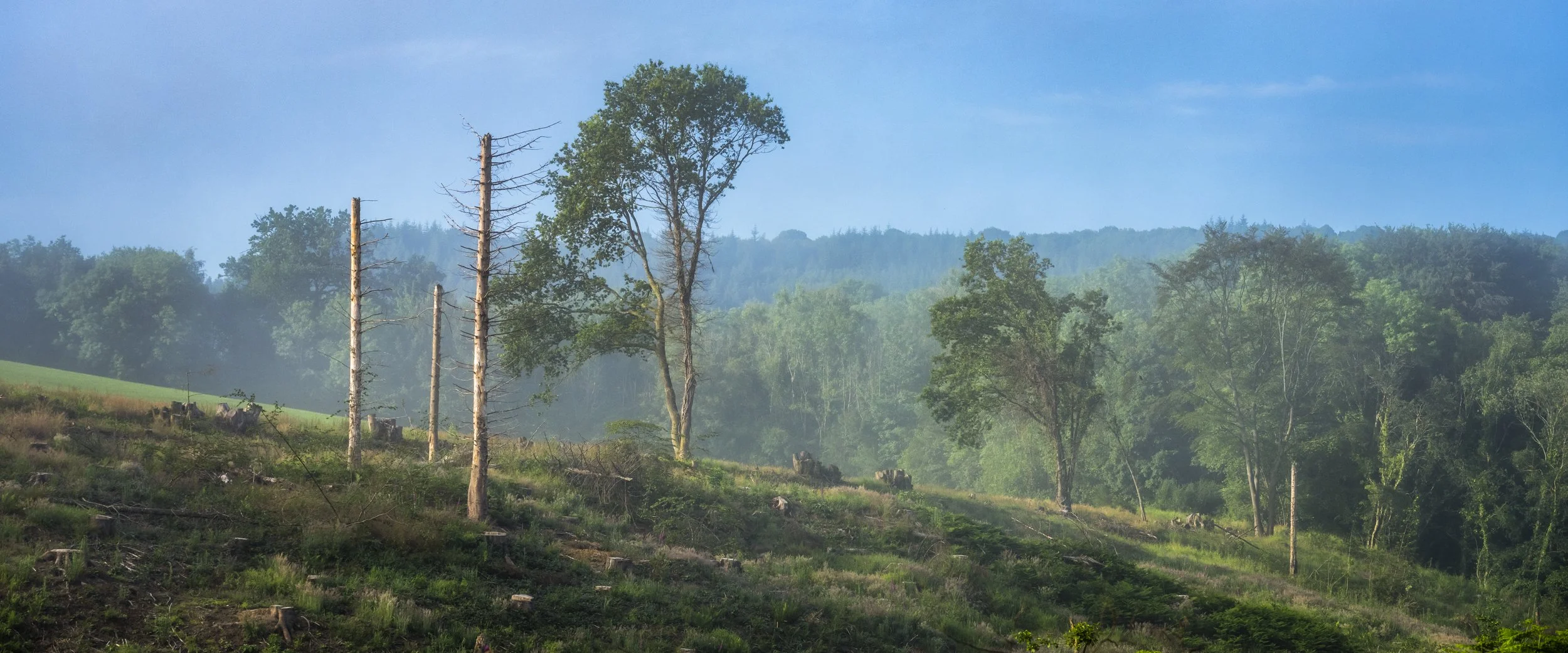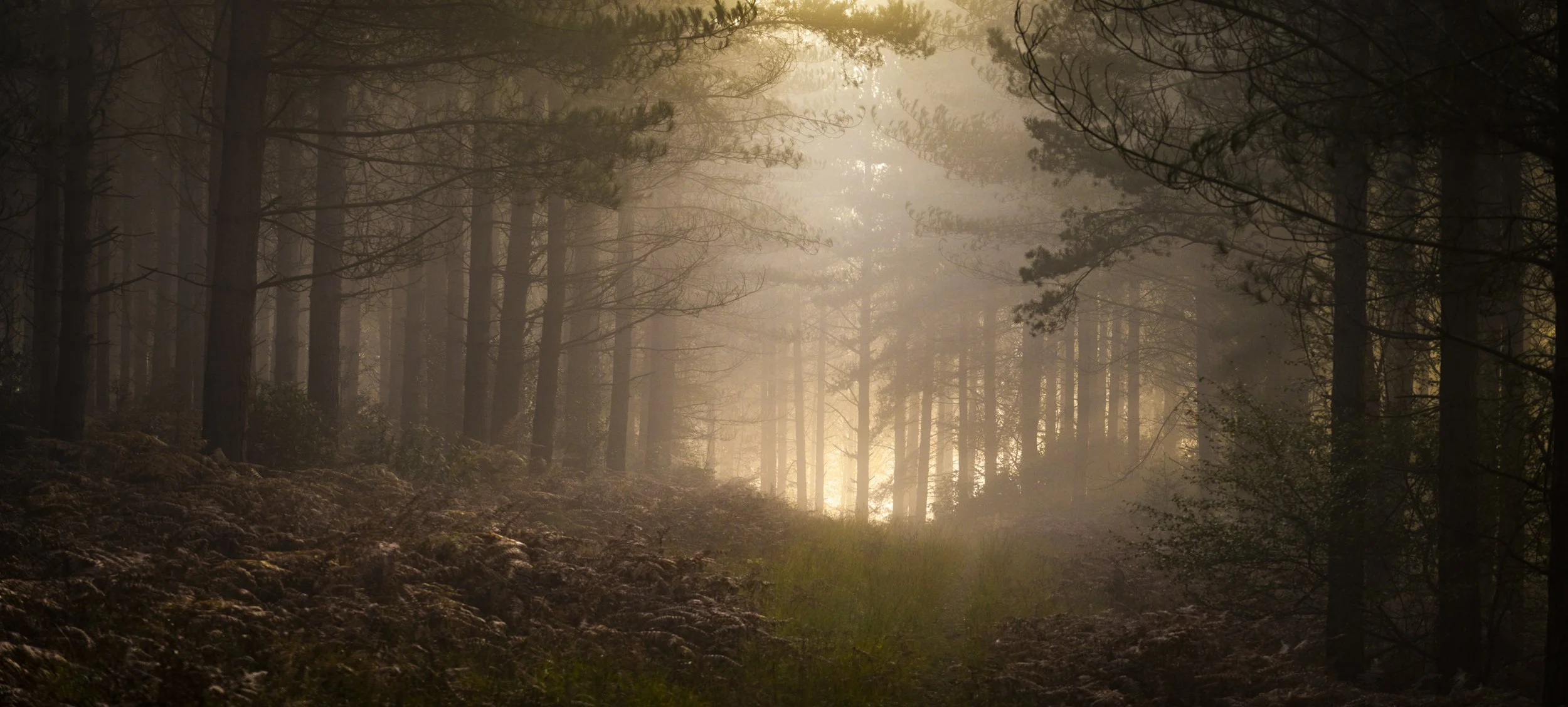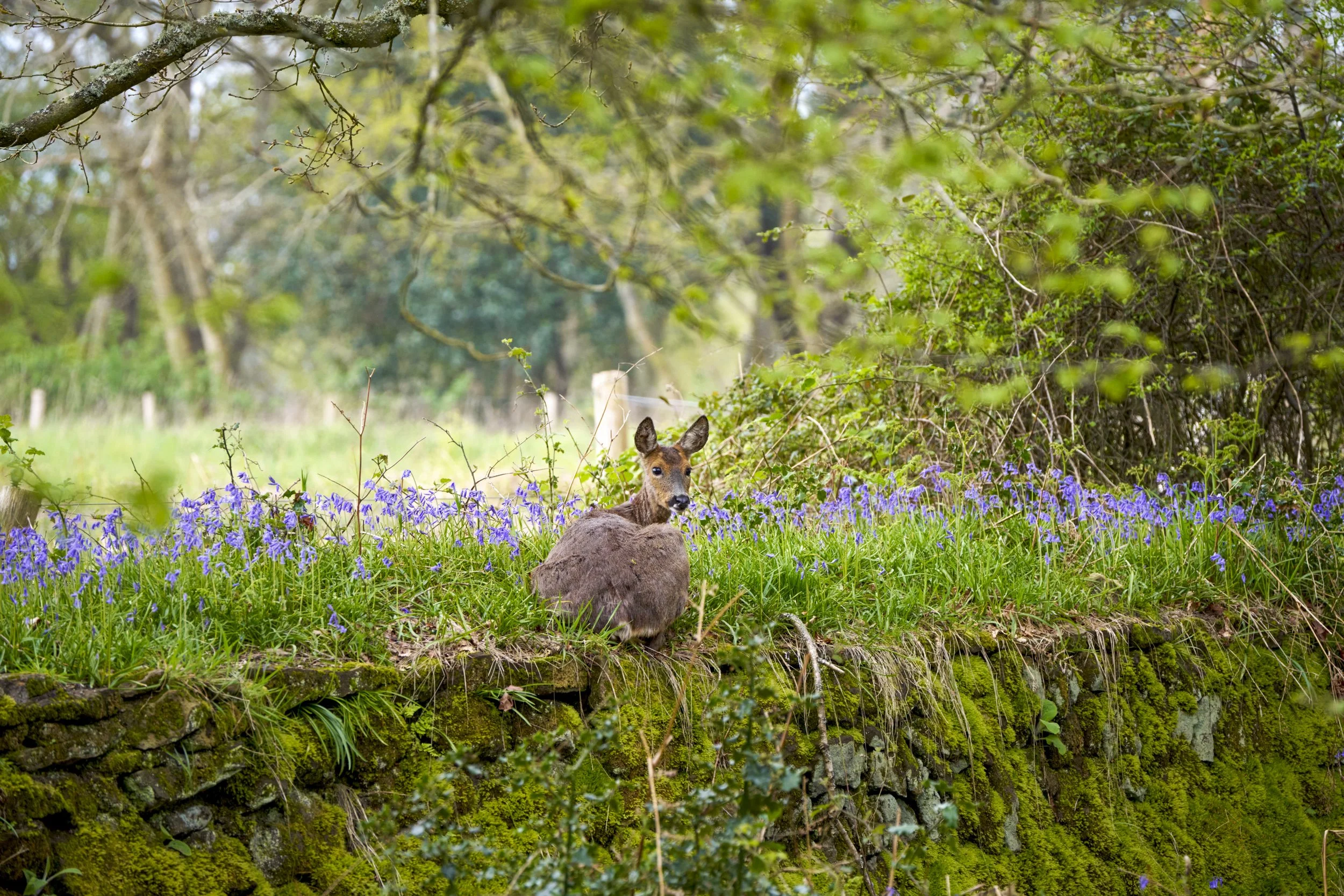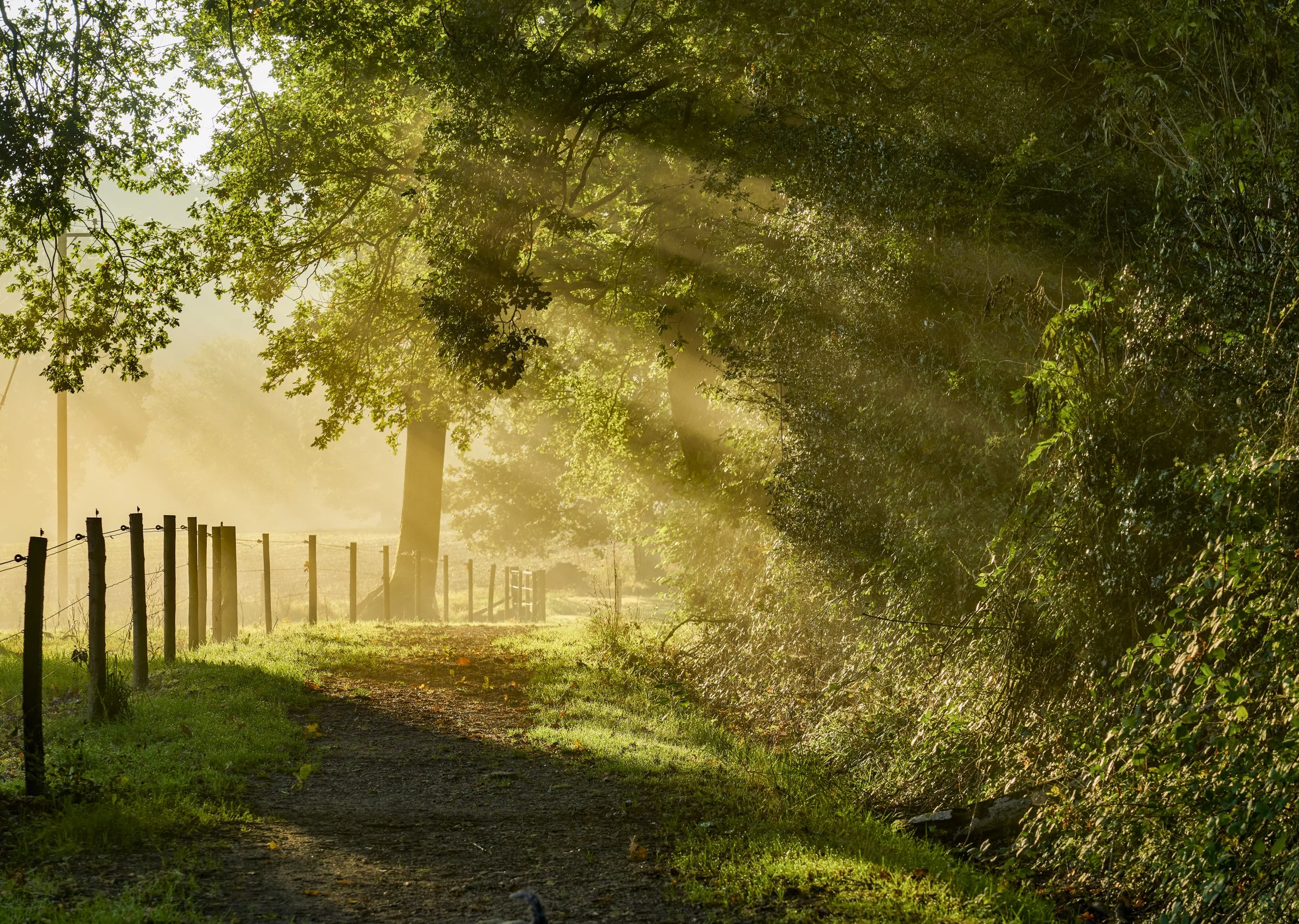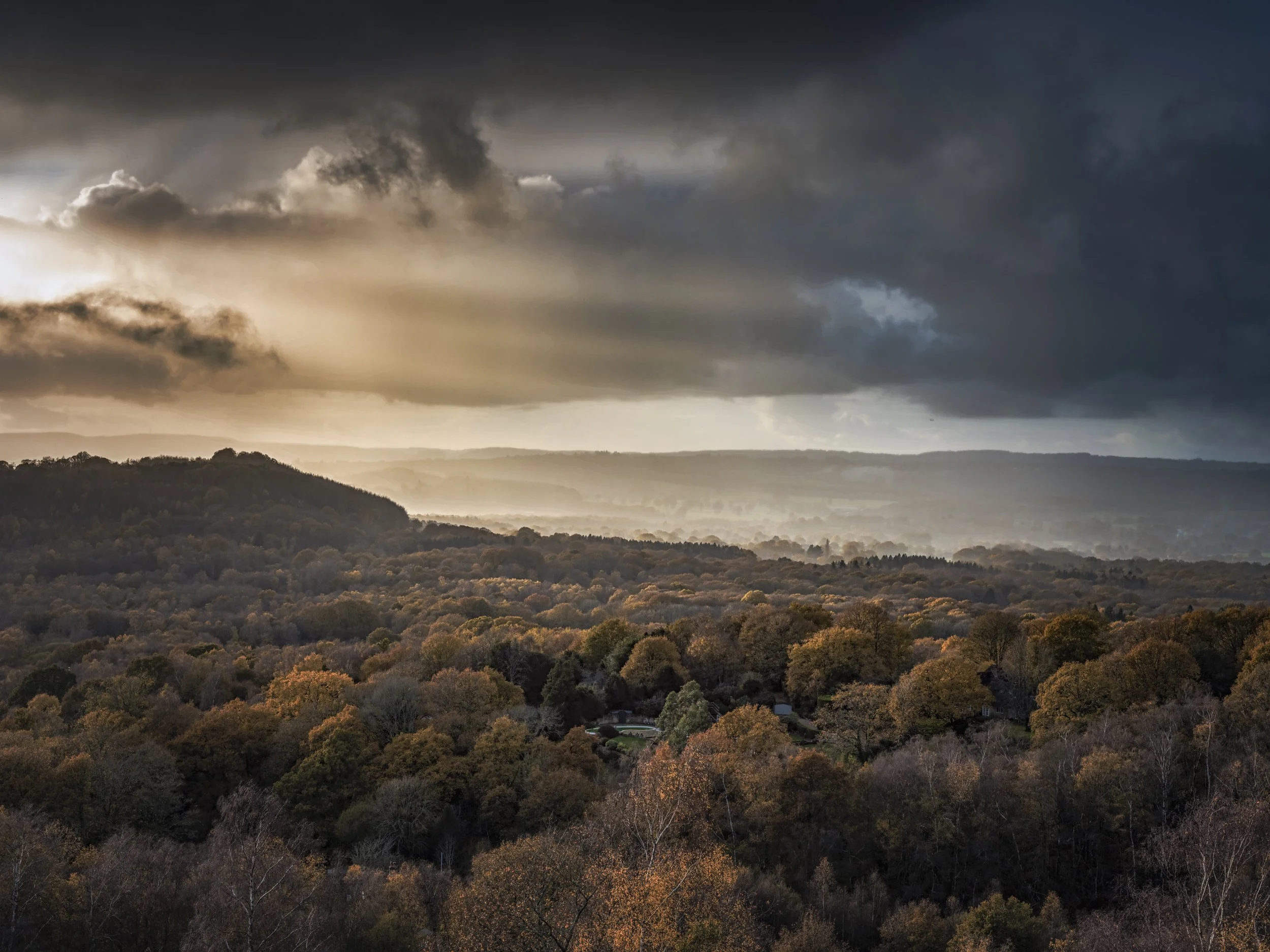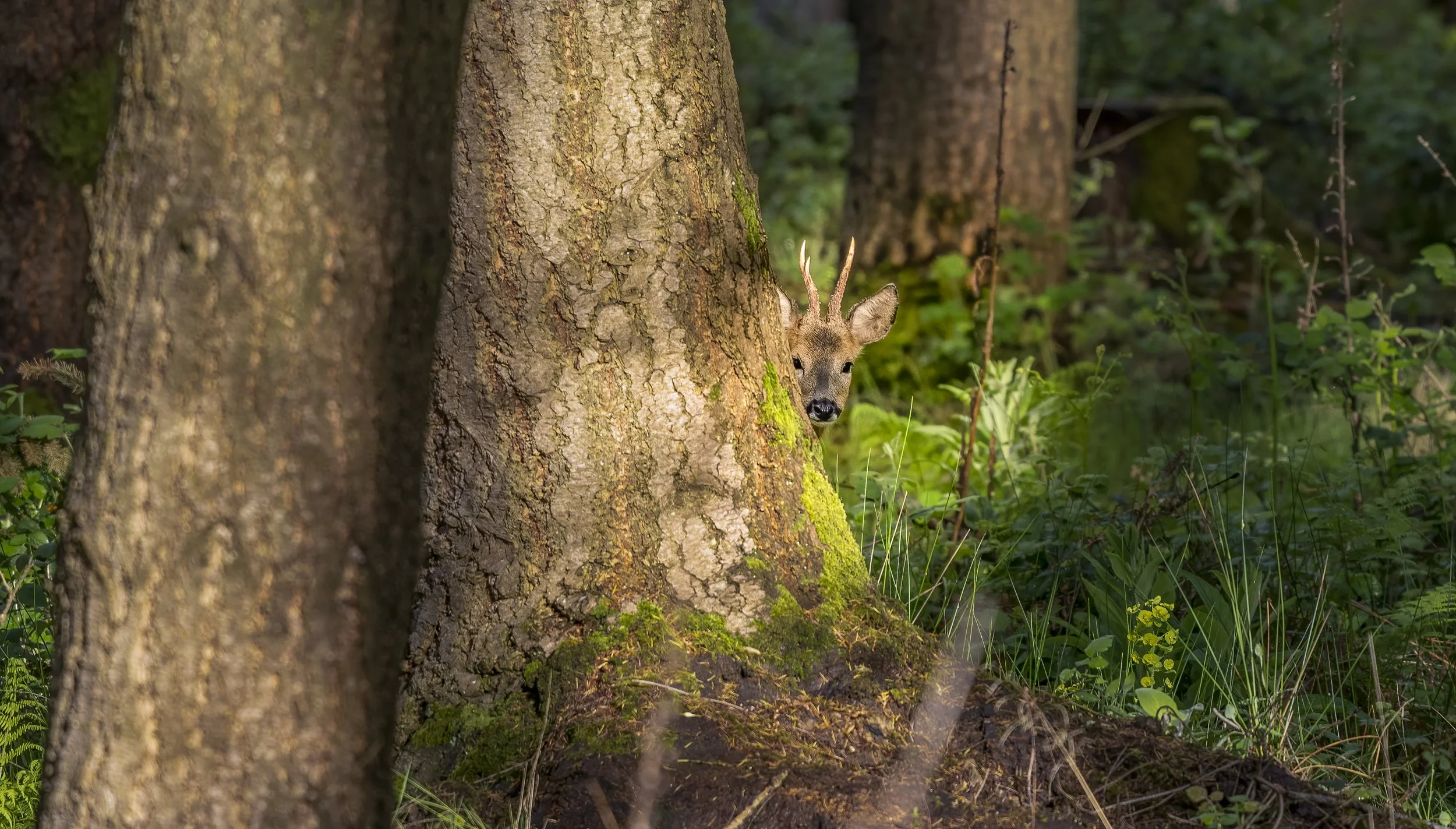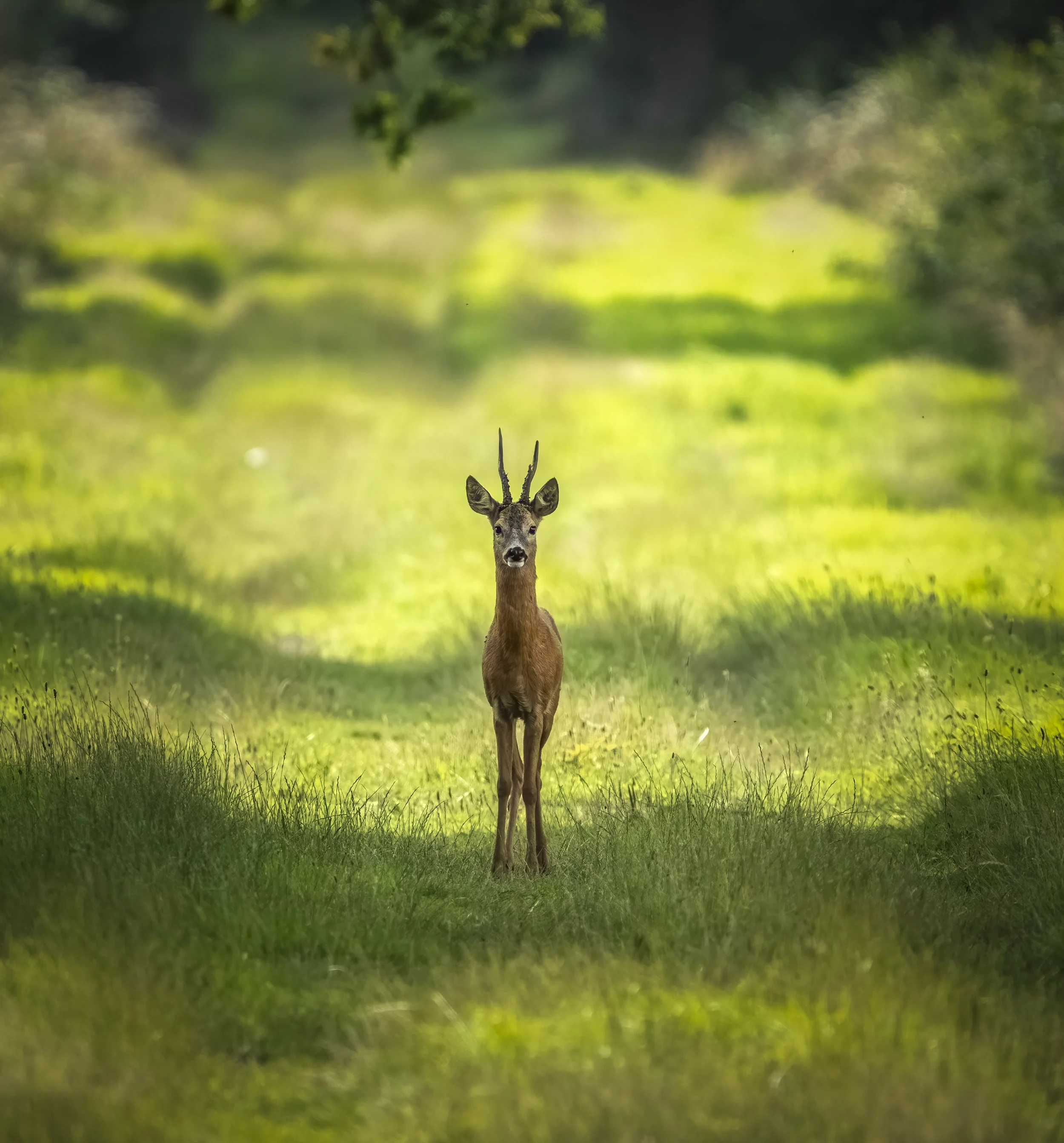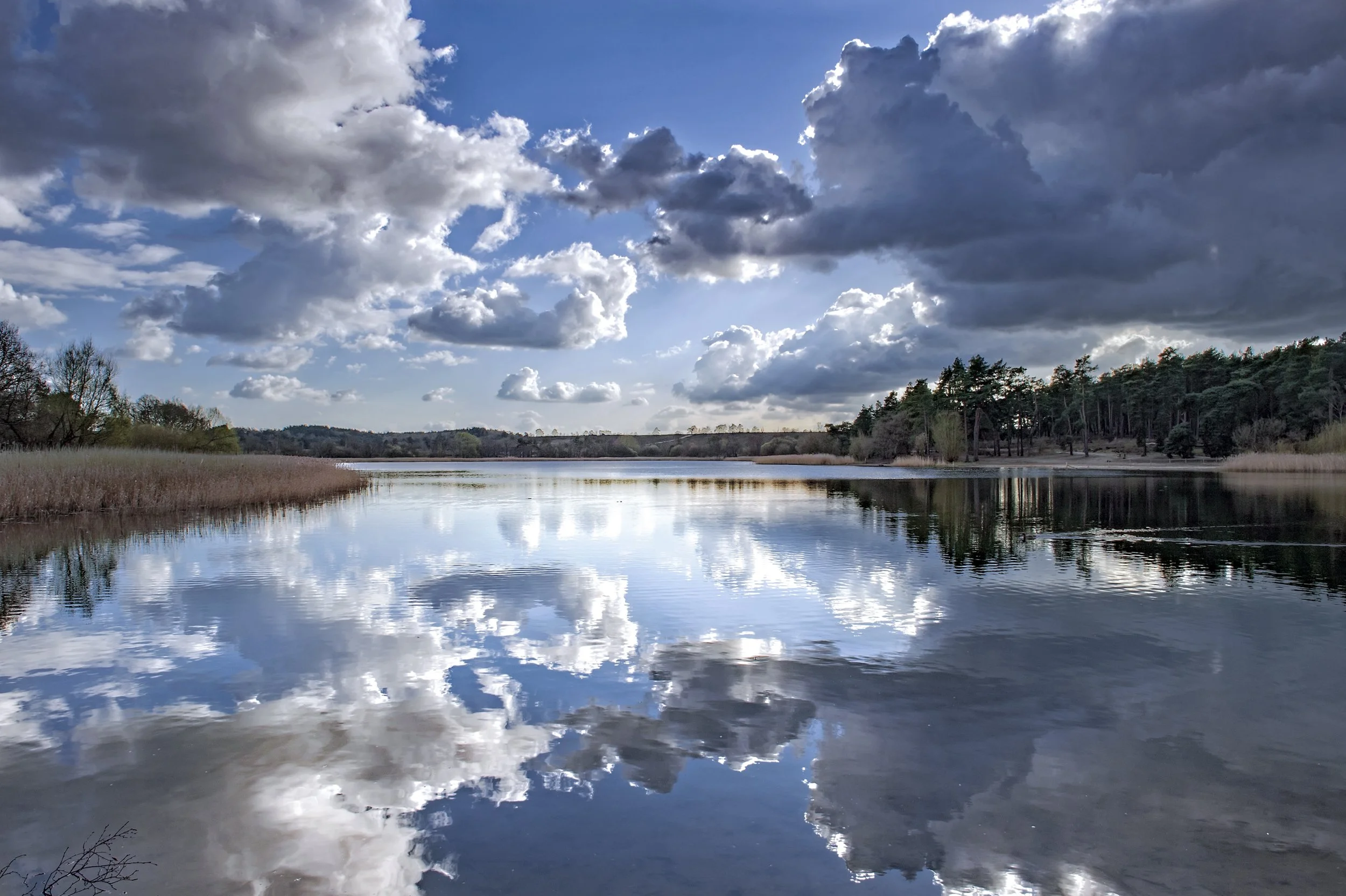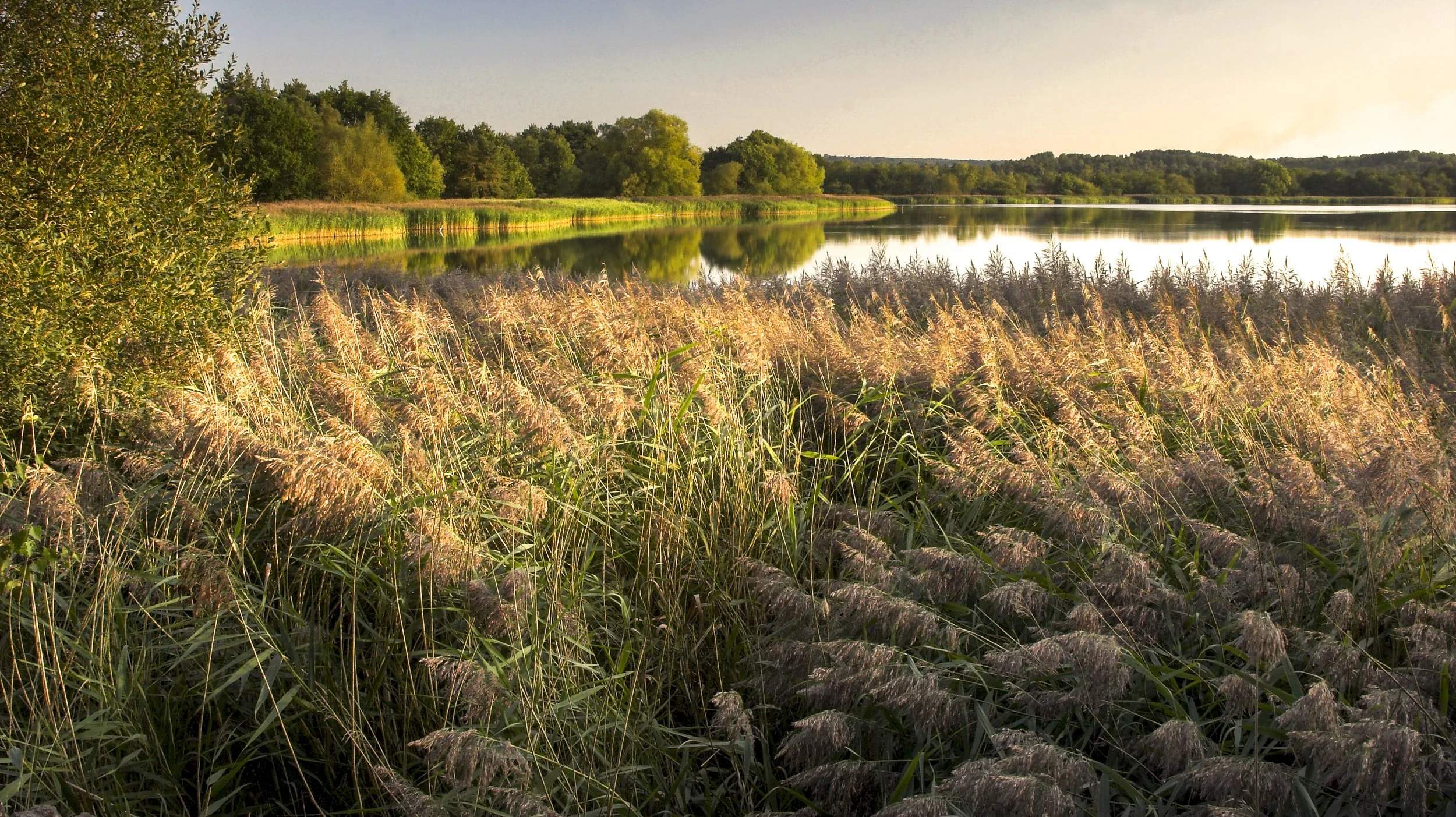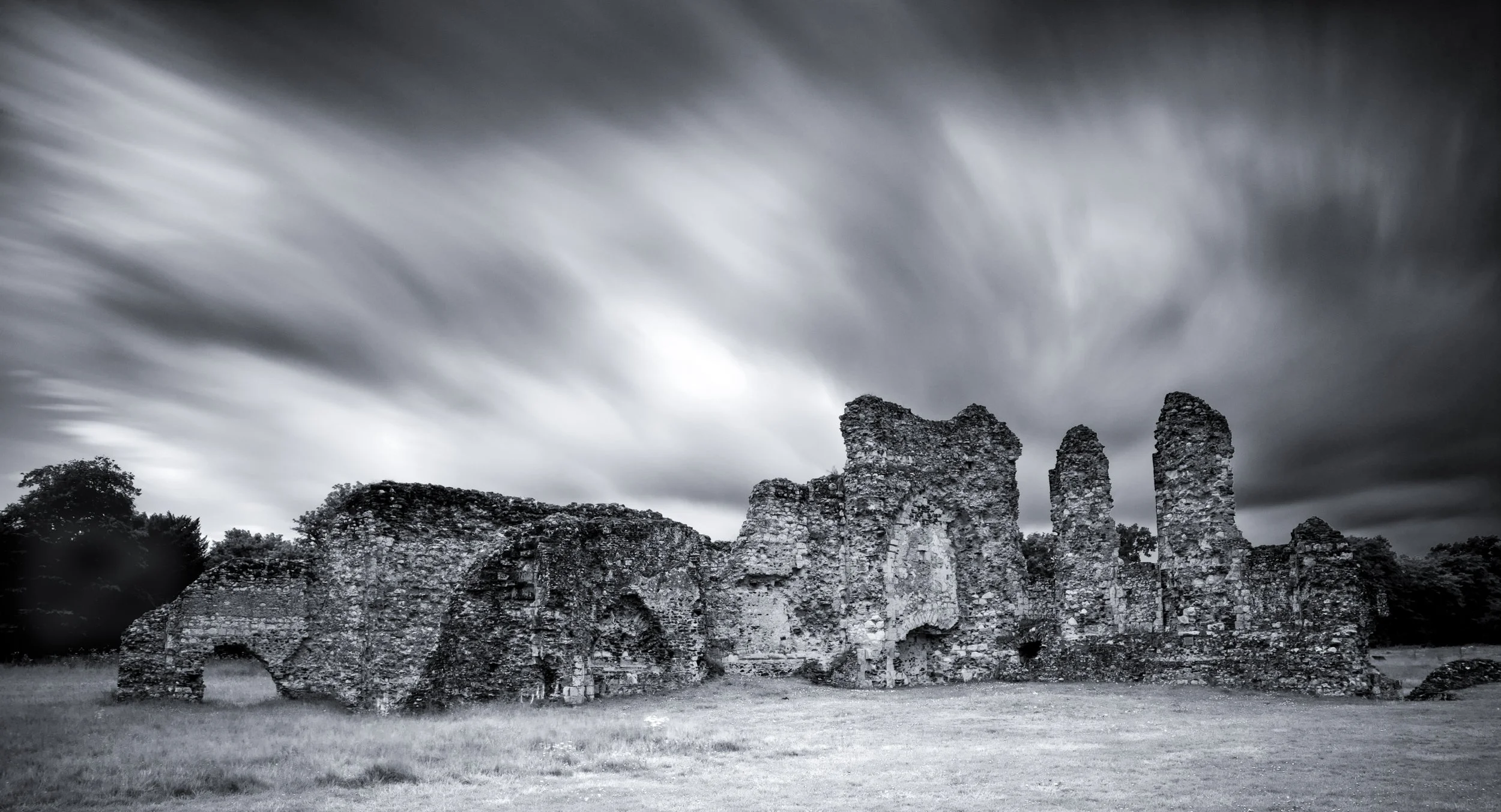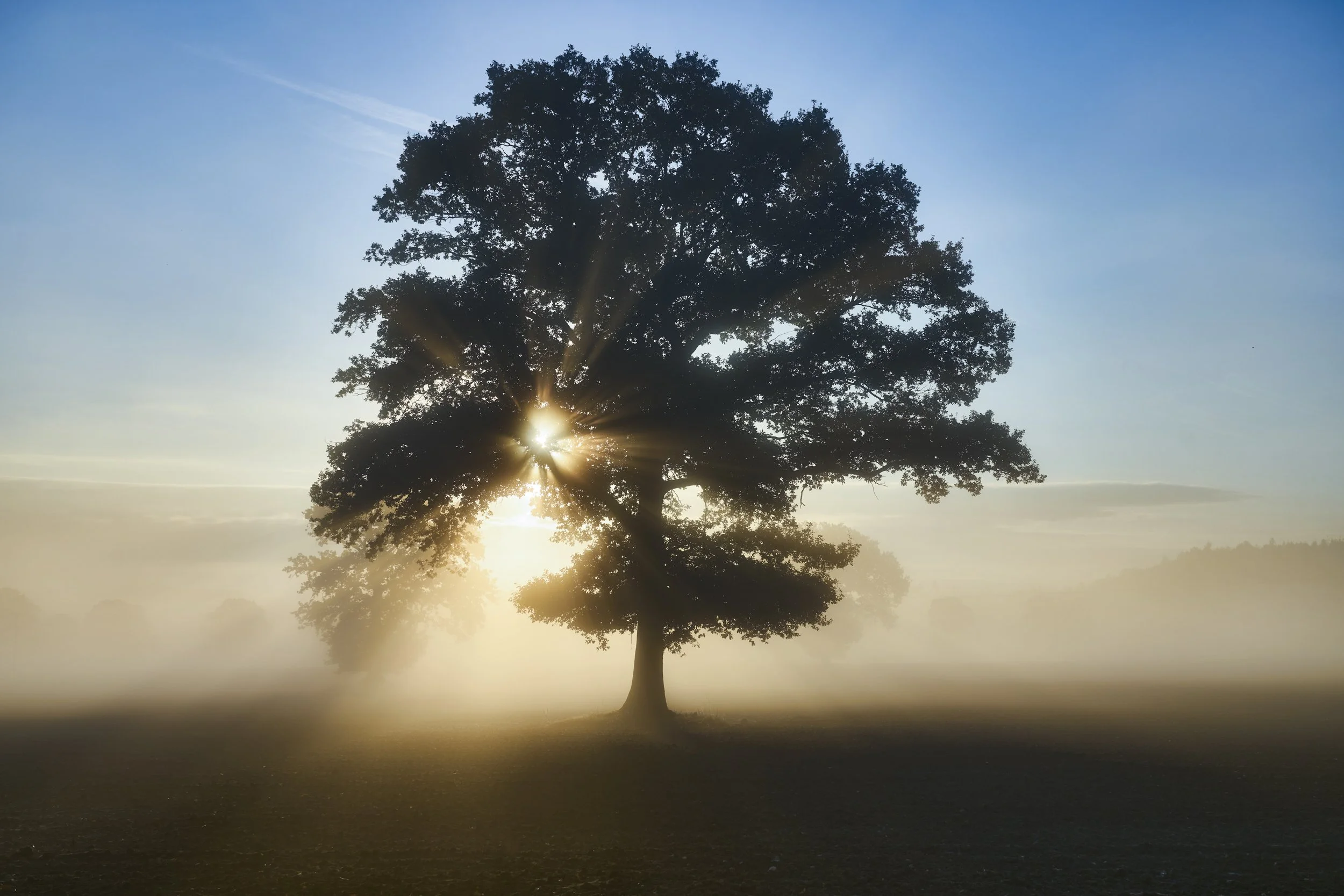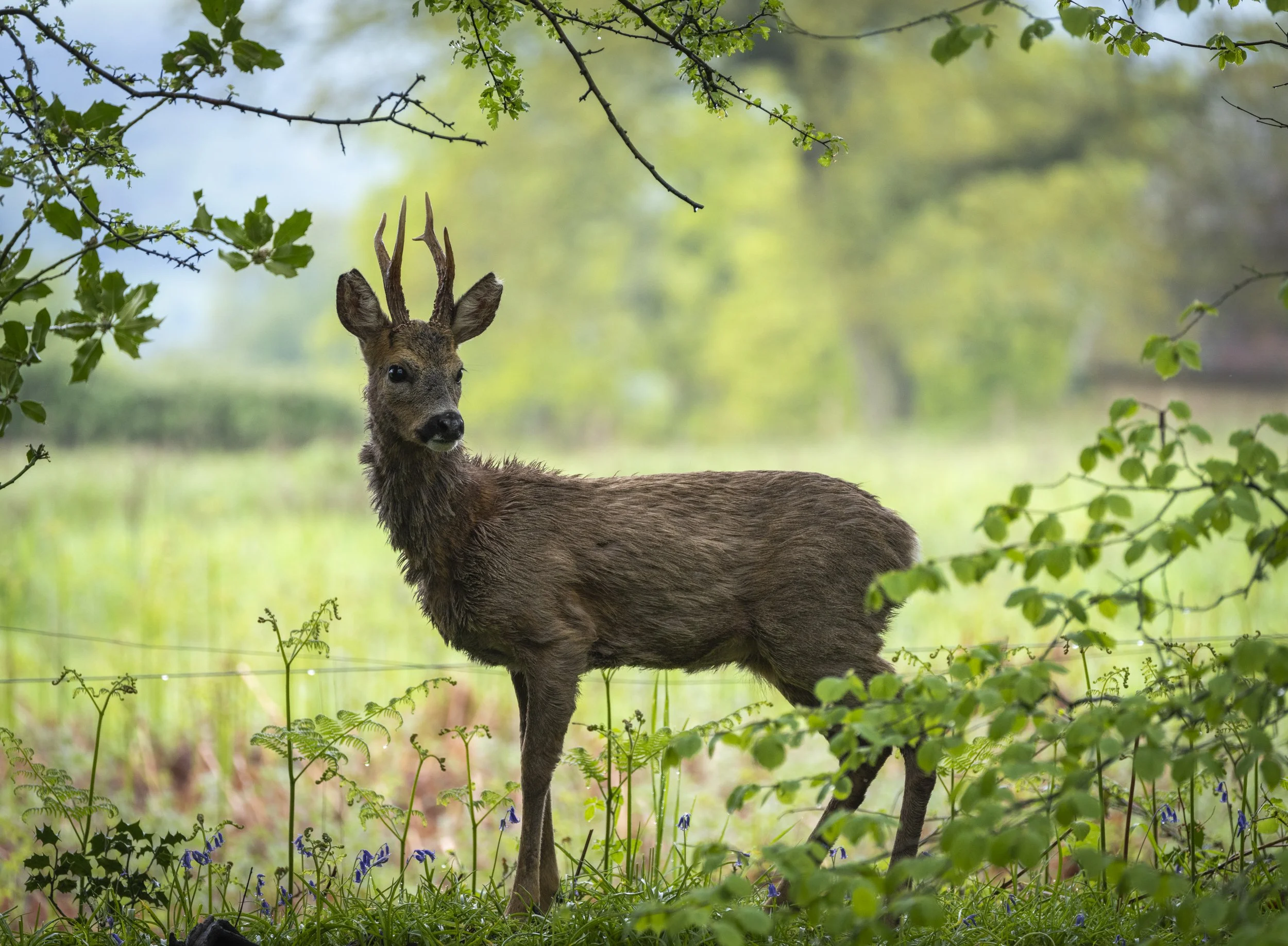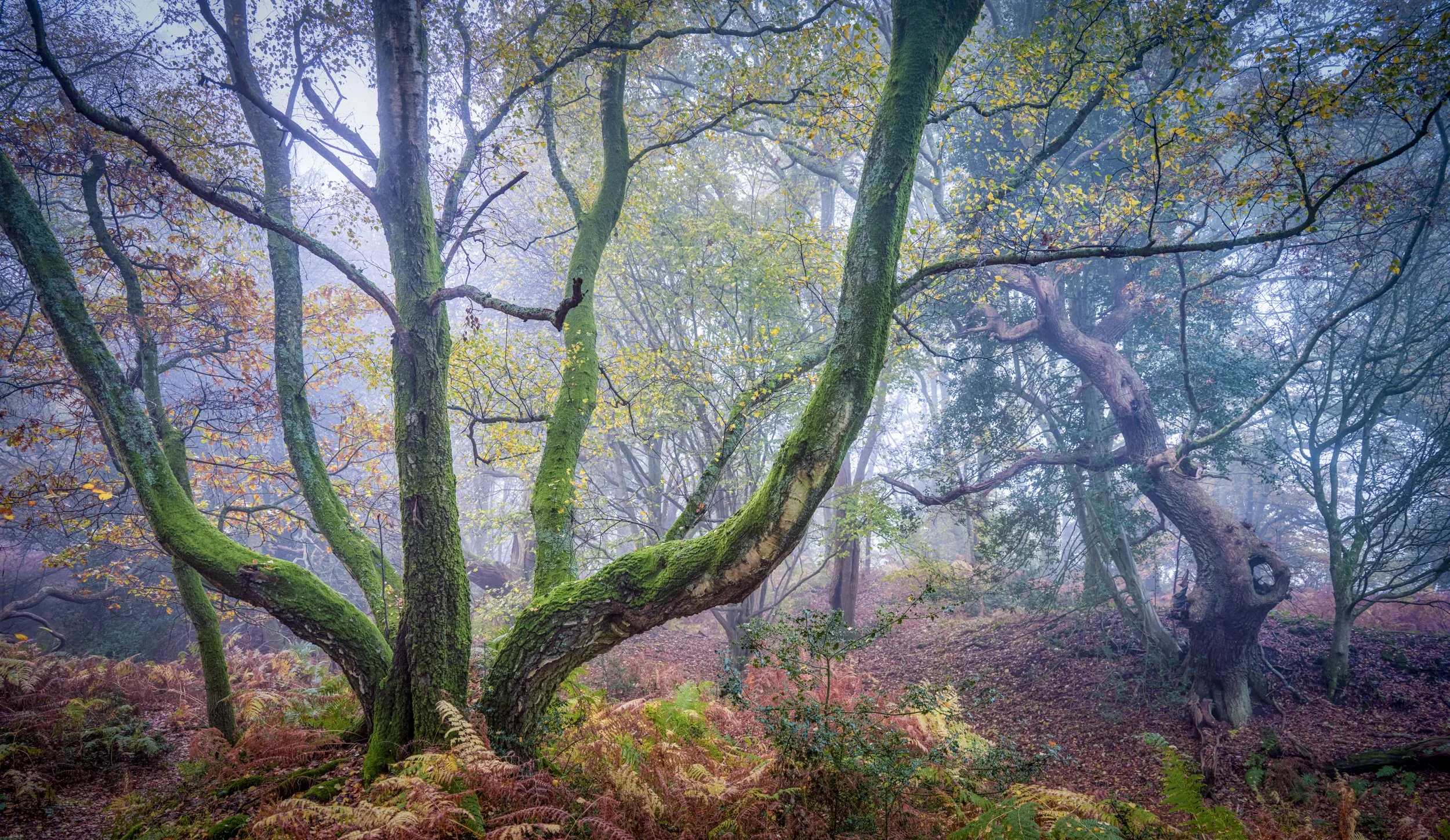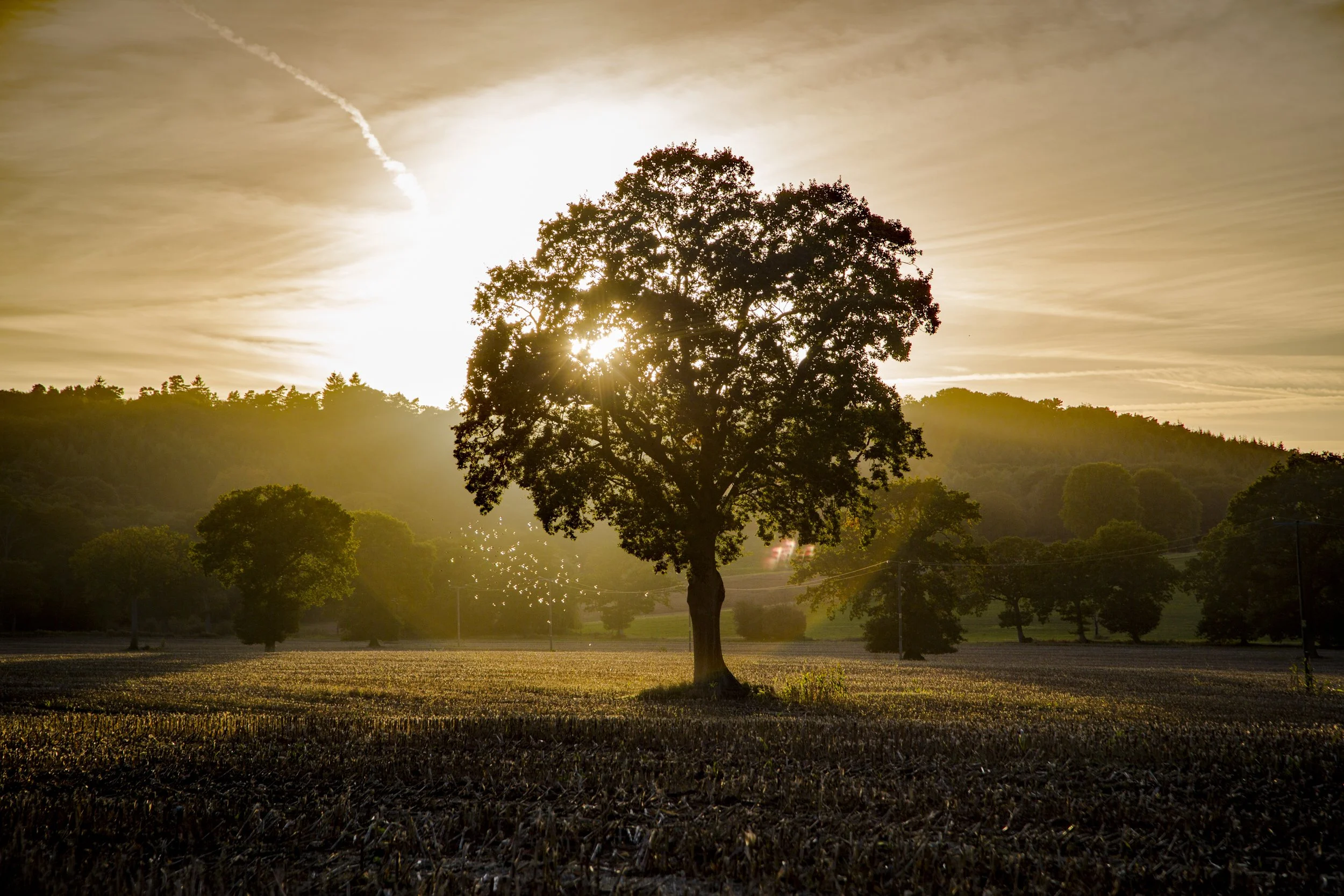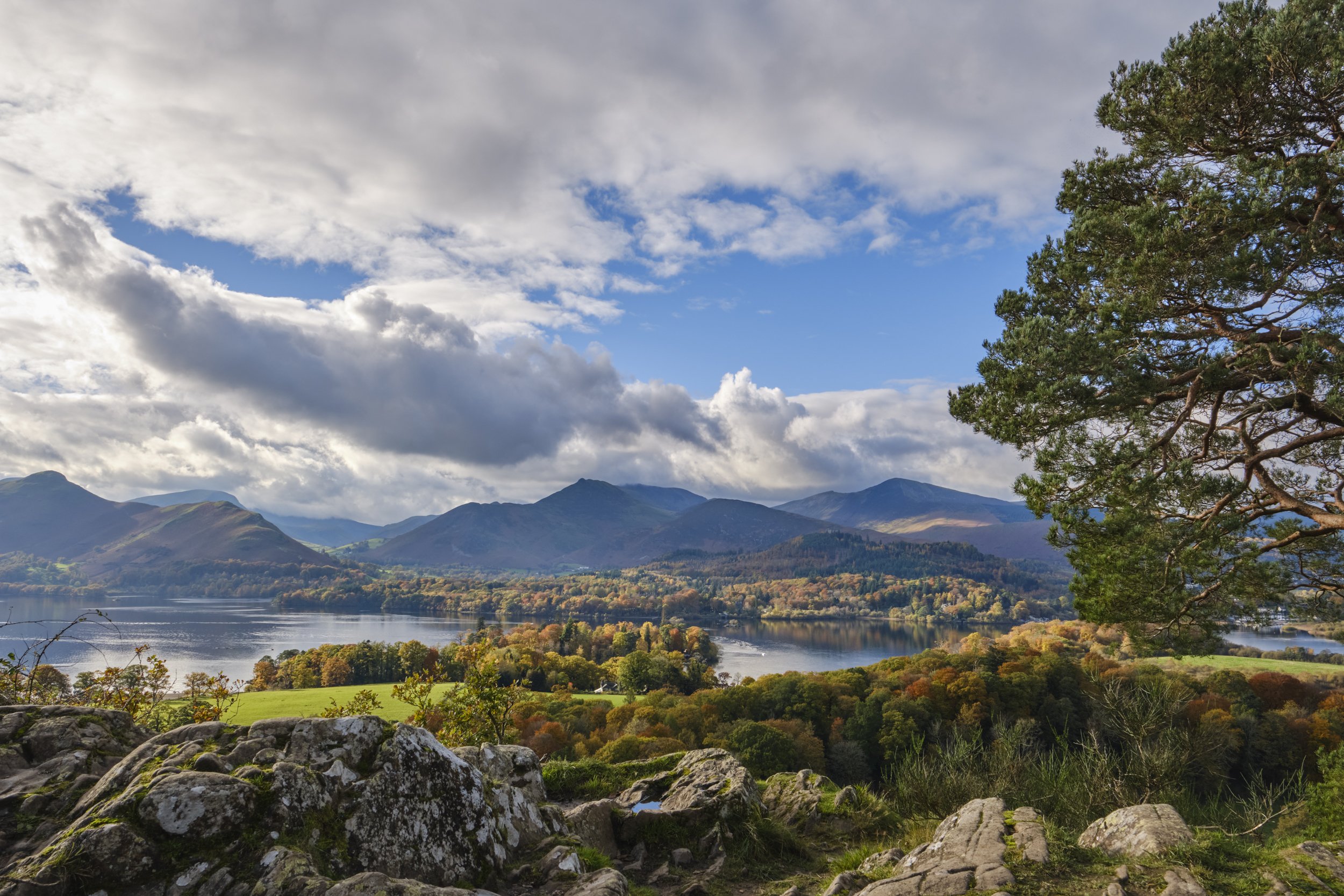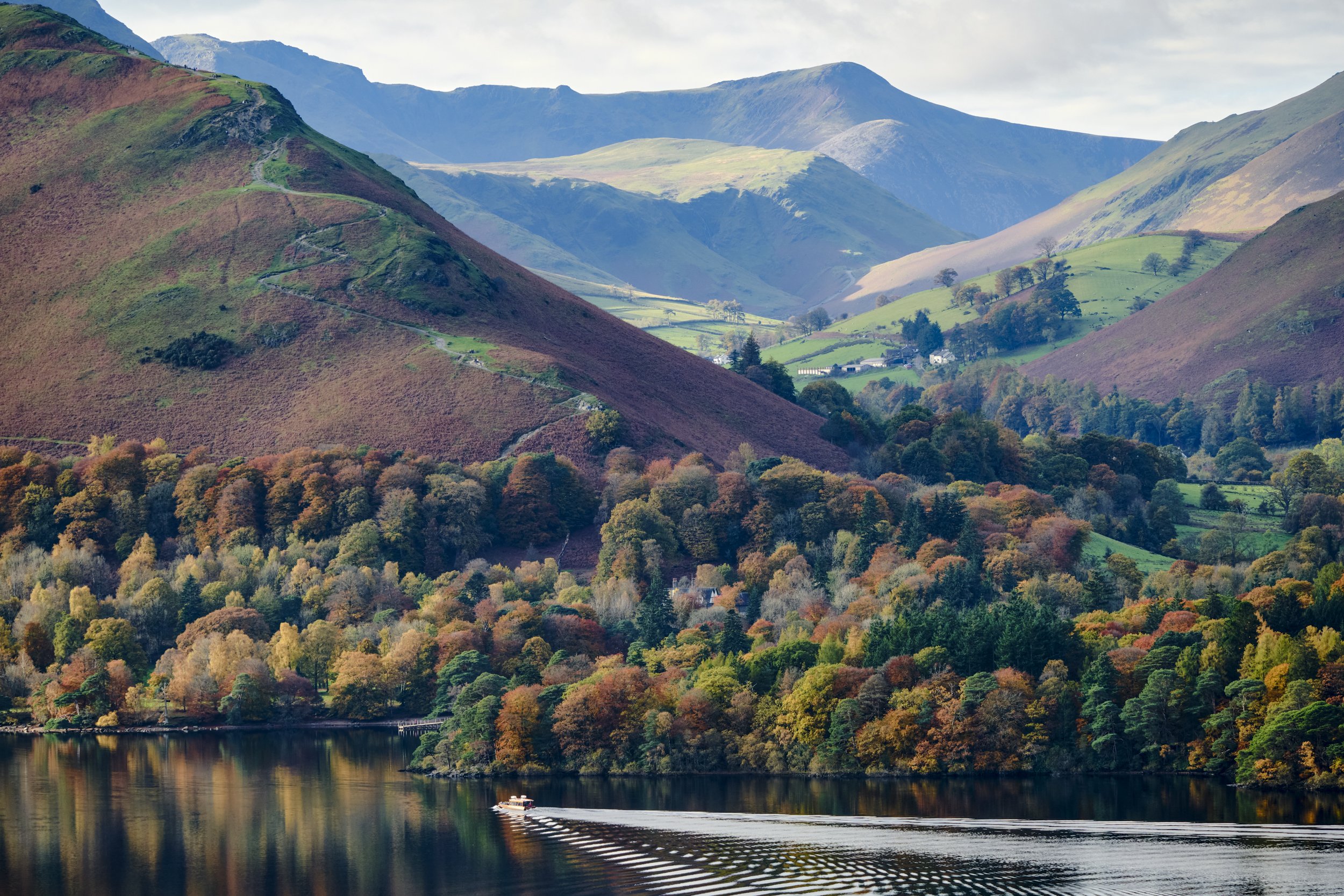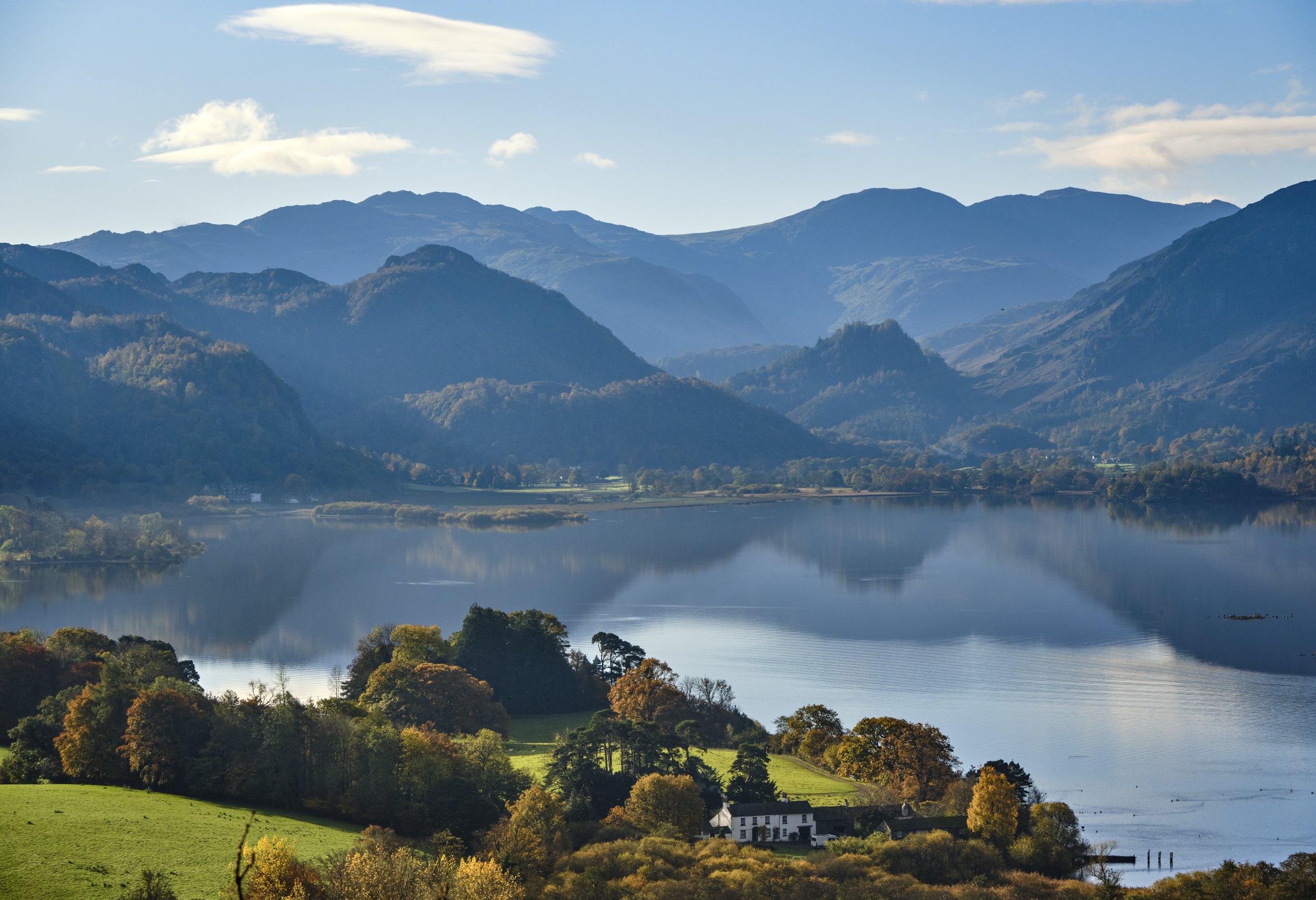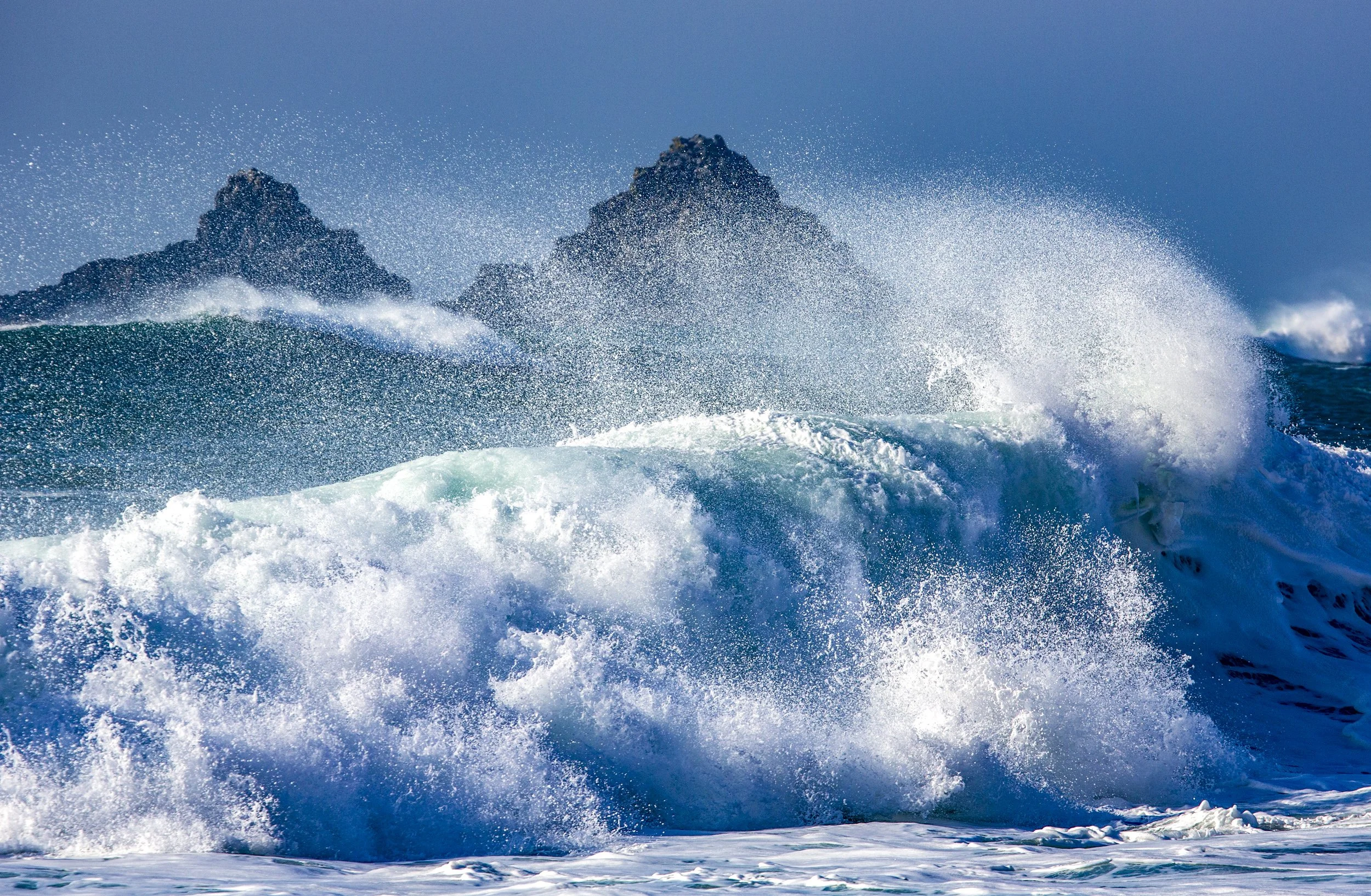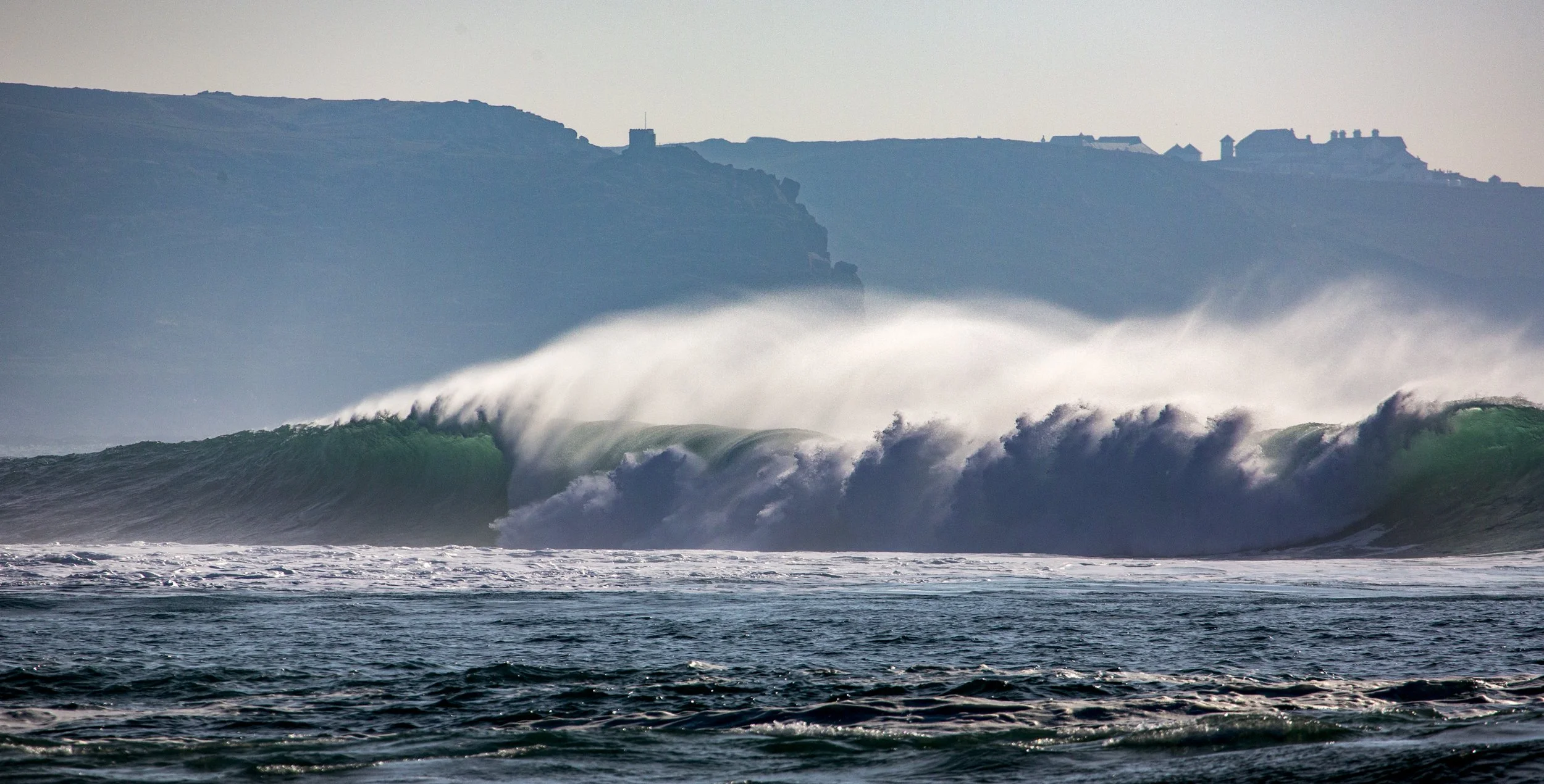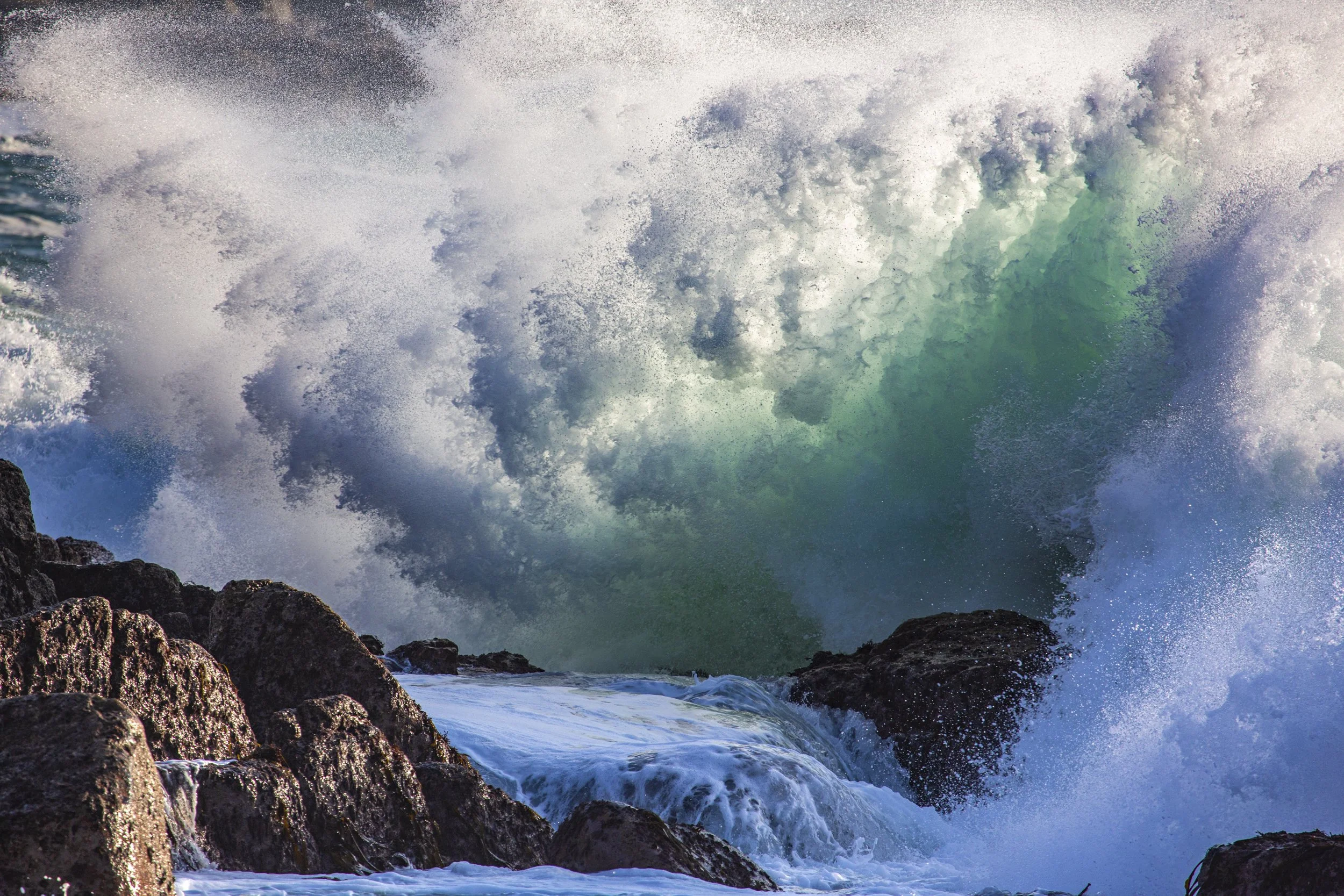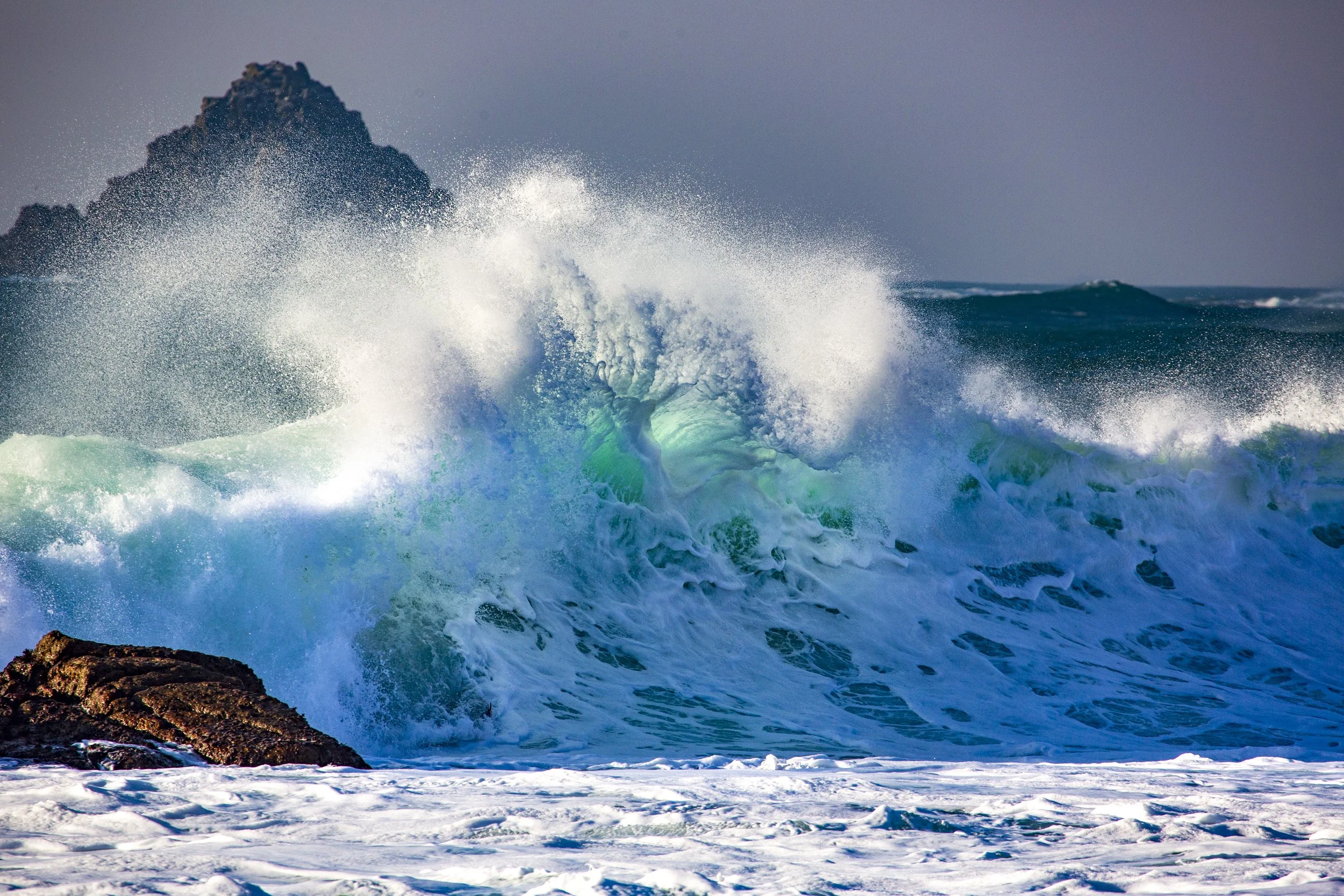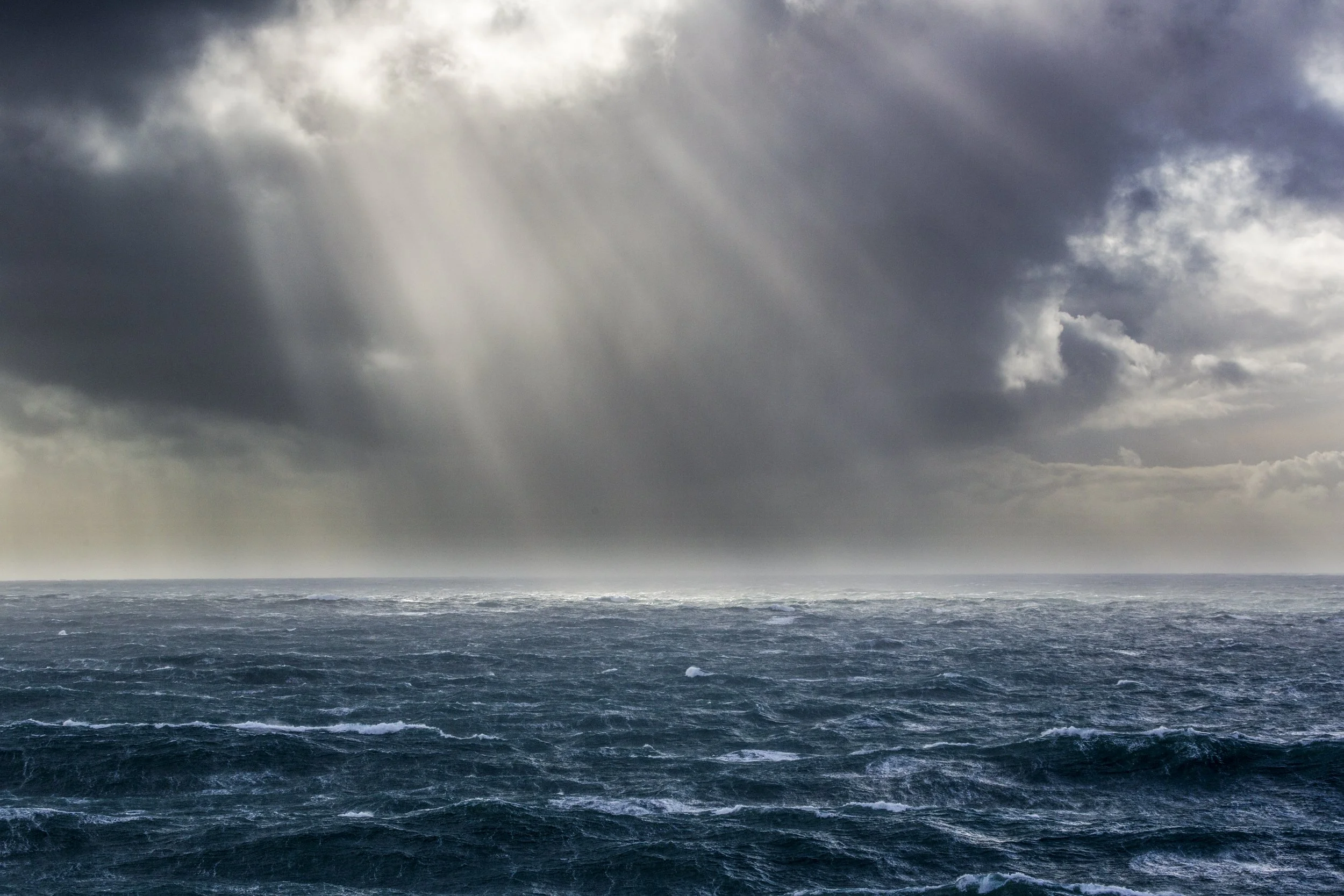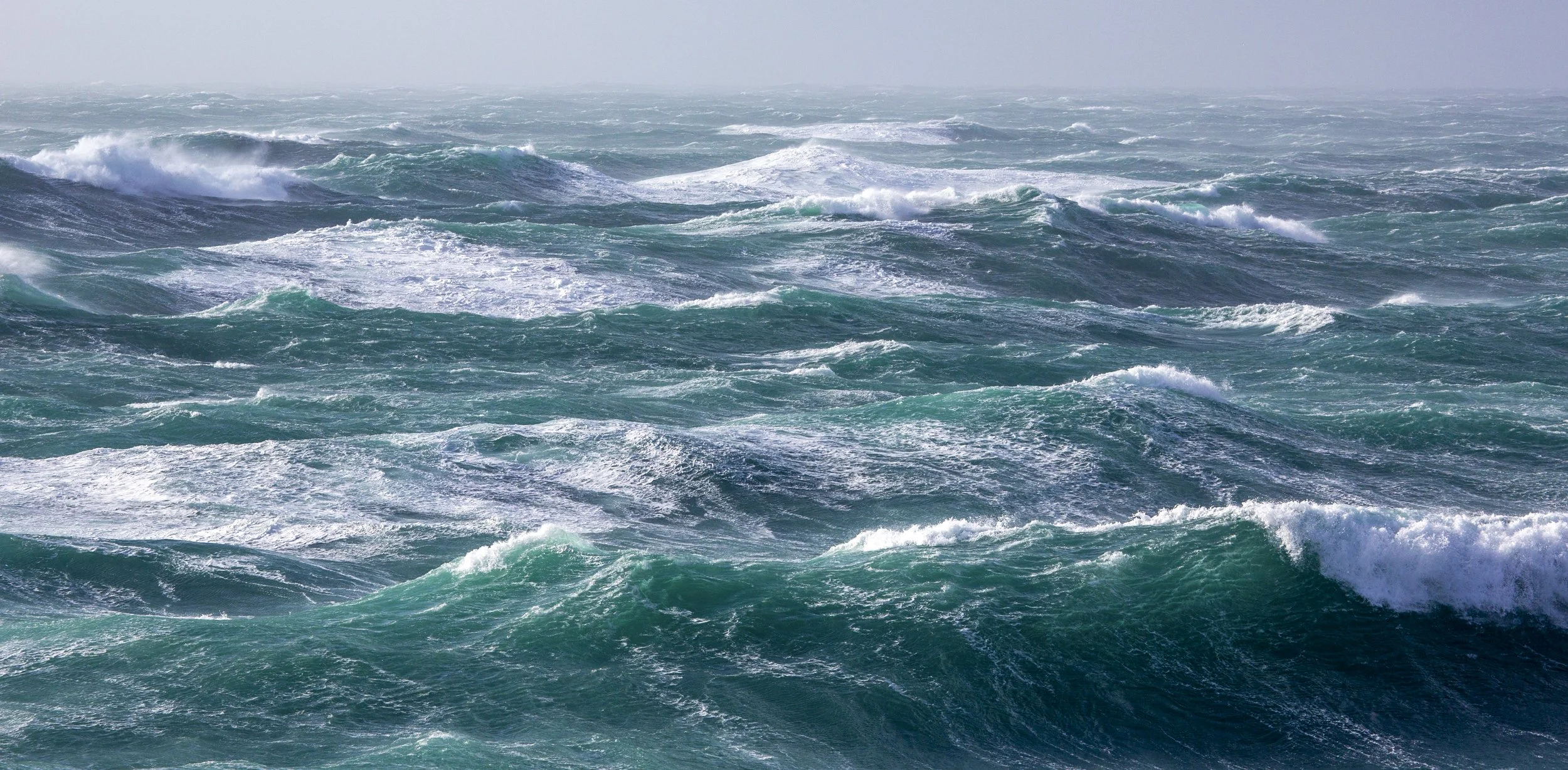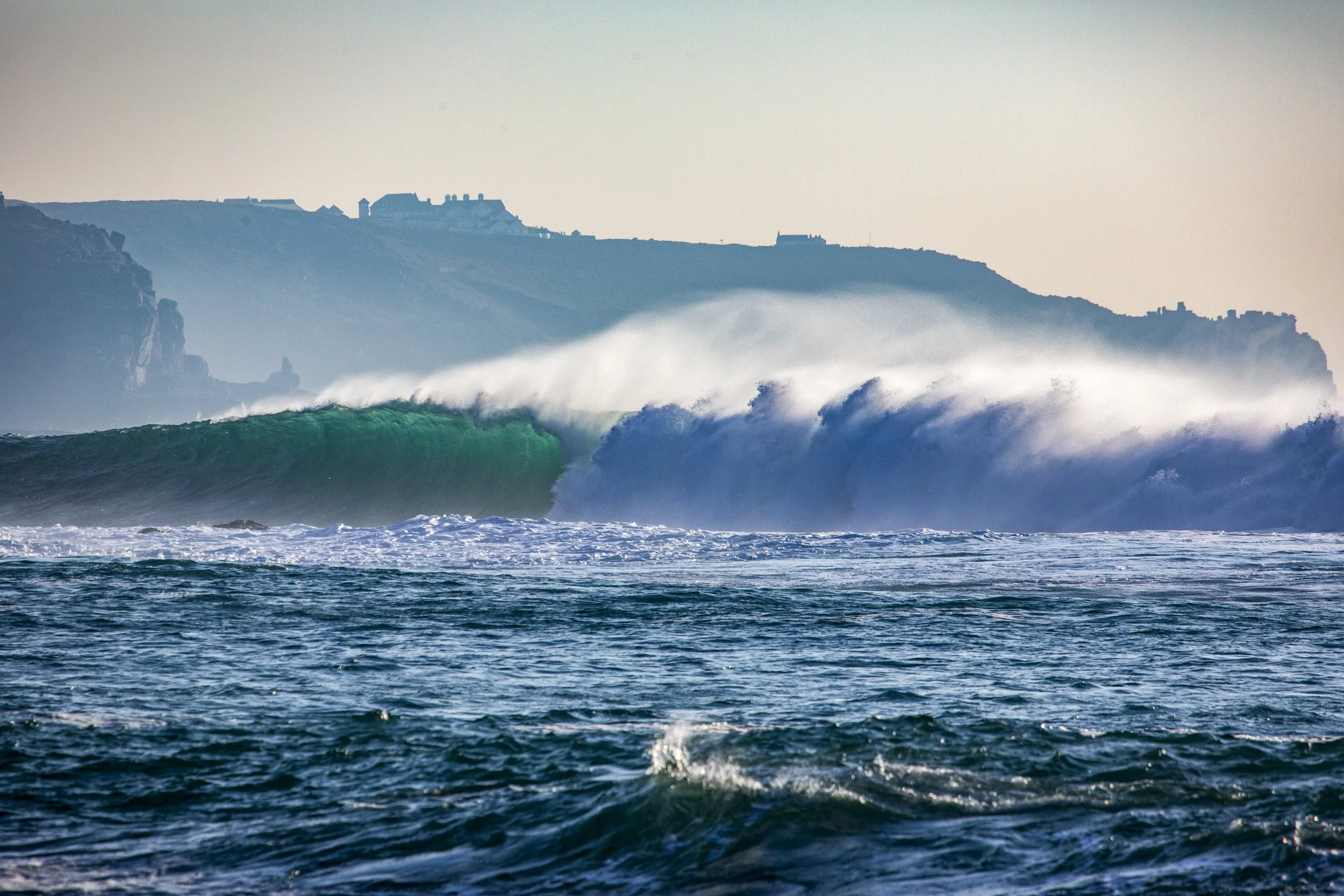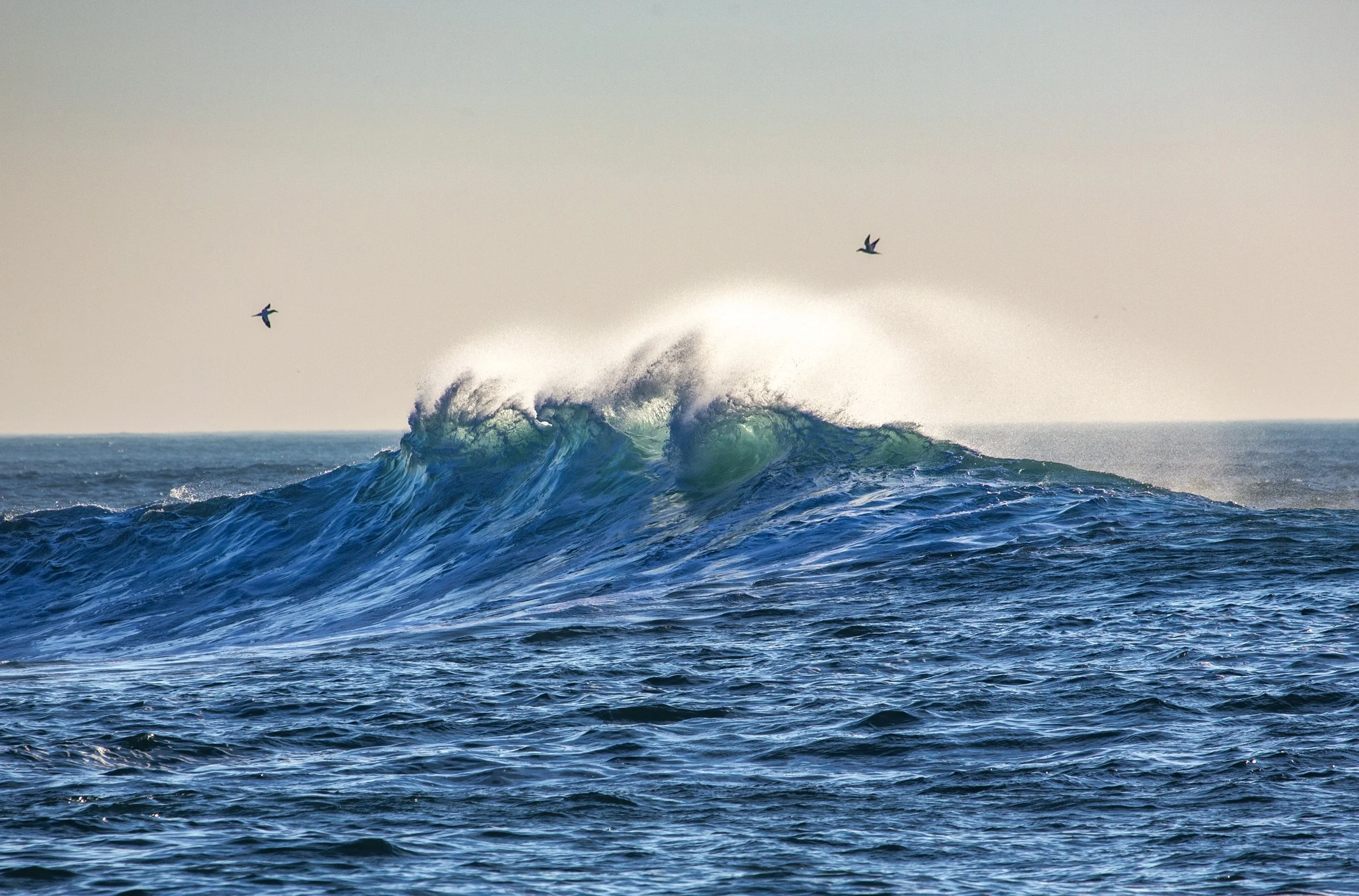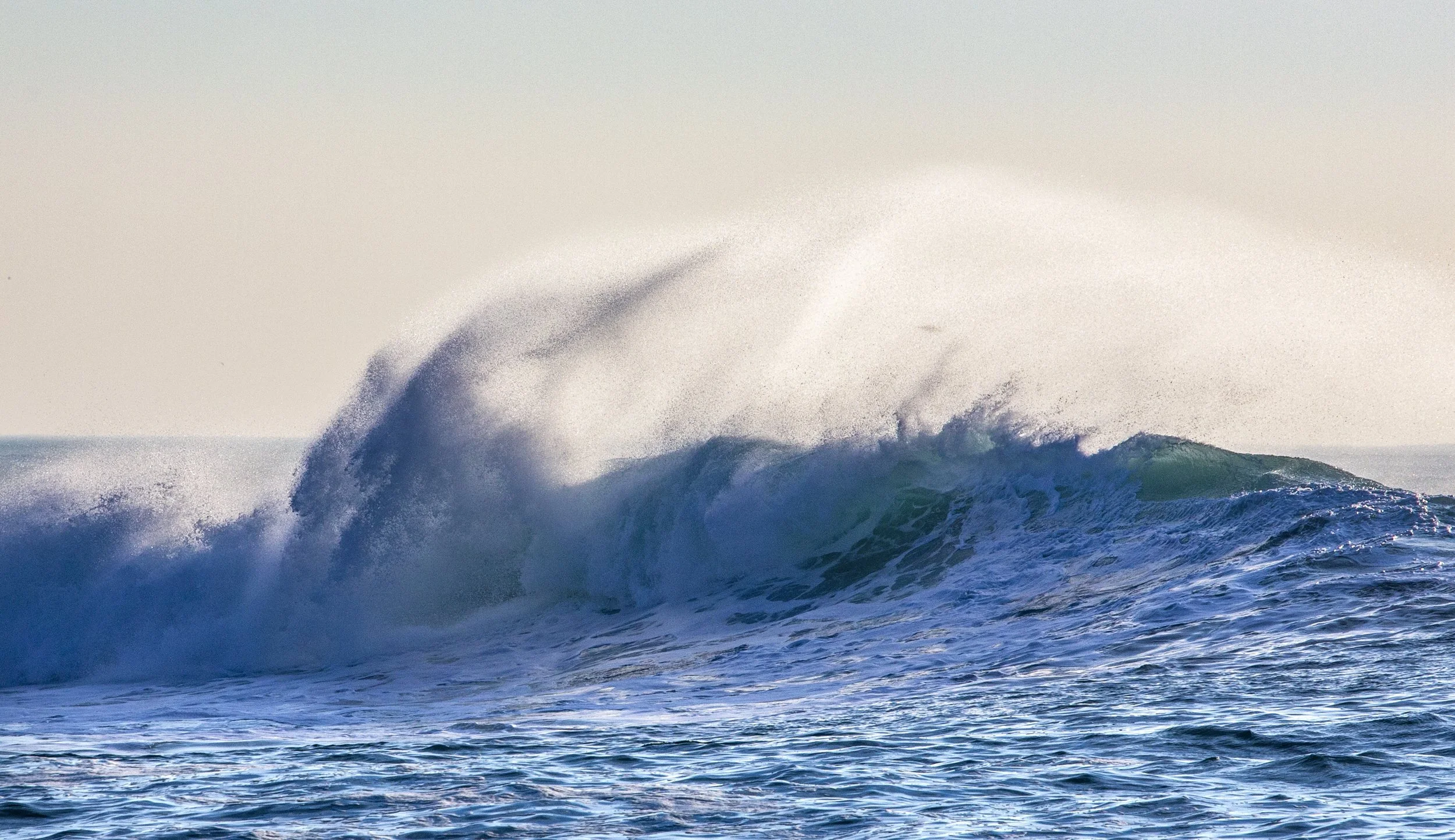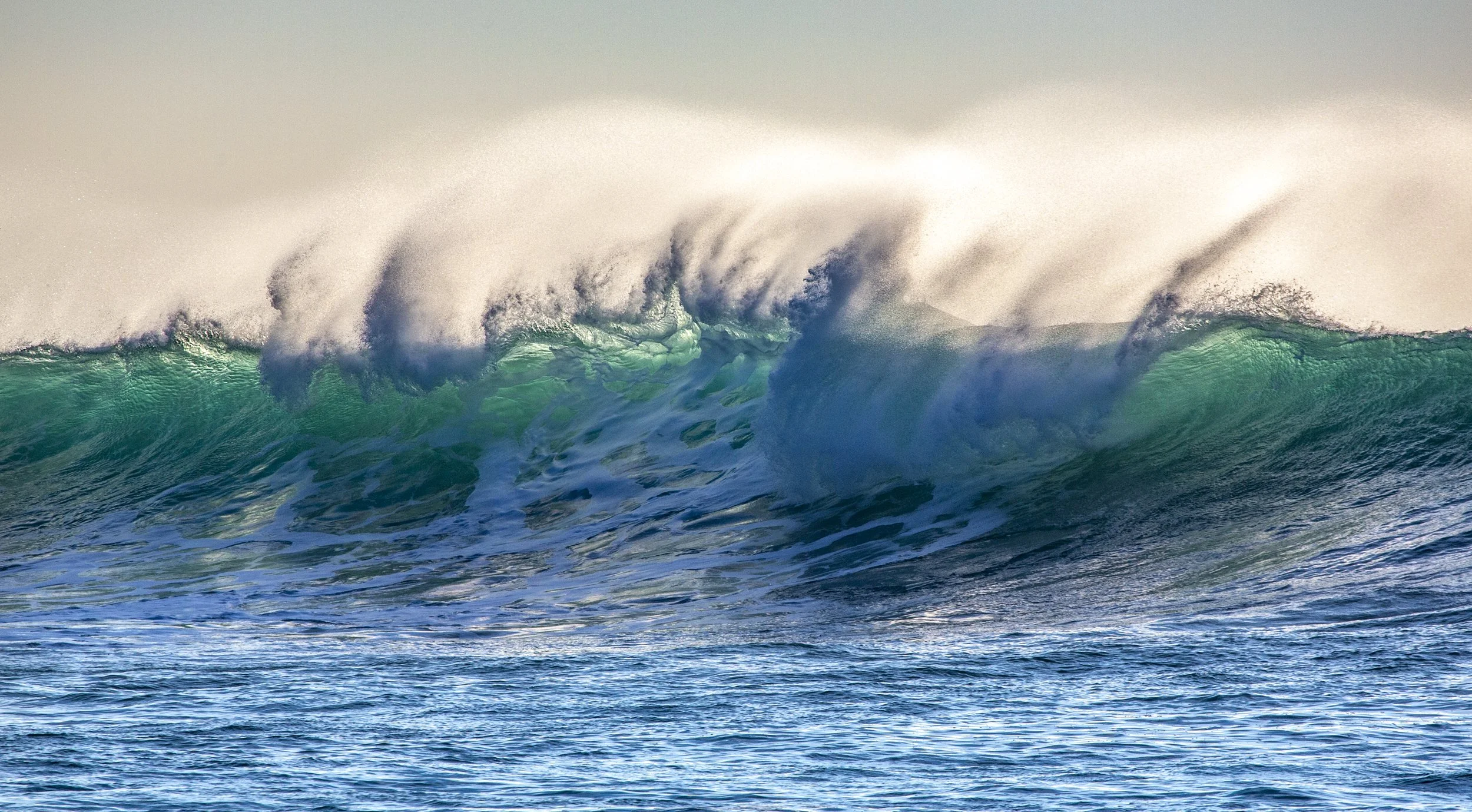Sunrises and sunsets - midsummer photography in sweden
Drone landscape photography - making the most of some spectacular midsummer light and mist in Sweden at both sunrise and sunset
“may every sunrise hold more promise and every sunset more peace.”
Umair Siddiqi
Midsummer sunset across Skaftekulla Björkhem, Sweden by DJI Air 2S
I’ve just returned from a wonderful 6 weeks holiday seeing family in Sweden. Going to such a beautiful, unspoilt country I was keen to take some camera gear and try to capture some of the amazing landscapes.
What to take though? Fortunately we were driving to Sweden from the UK and so the worries of putting valuable camera gear into the hold of an aircraft or completely filling my hand luggage with it was not an issue I had to consider. I had options!
In the end I was able to get quite a lot of equipment into one backpack that fitted nicely into the boot of the car. I selected the following:
Nikon Z8, Nikkor 24-120mm lens, Nikon 14-30mm lens, Tamron 150-500mm lens.
Fujifilm GFX100 ii, Fujifilm 32-64mm lens
DJI Air 2S drone
Insta 360 X4
Insta 360 Ace Pro
I felt this would allow me to cover pretty much all landscape bases as well as use the drone and to capture some aerial views, and do some time lapses along with the Insta 360 cameras.
Mist at sunrise. DJI Air 2S
I don’t know how many readers use drones in their photography but I love using them - considerately. I find they give such a different perspective on the landscape, by getting some elevation, as well as allowing us to capture images that we would not have even dreamed were possible from standing on the ground. This was especially true of my Sweden trip.
I knew from previous trips there, that at midsummer the sun doesn’t properly set and it rises again very early - in our case at about 2:30-3:00 am. I was really hoping that I’d get a chance to capture some beautiful sunrises and sunsets over the lake close to where we were staying - I was particularly hopeful to capture some atmospheric images with mist above the lake, ideally backlit by the sun.
Swan at sunrise, Skaftekulla, Sweden.
Nikon Z8, Tamron 150-500mm lens at 500mm, 1/500 second at F6.7.
Very early on in our stay I was rewarded with heavy mist lying across the lake, just ahead of sunrise. So I dragged myself out of bed at 03:00 am, threw on my clothes, picked up the camera bag I’d prepared the night before, and trudged the few hundred yards down to the shore of the lake. It was so lovely to have such a short journey to get to my chosen location.
The scene that greeted me was stunning - low lying mist drifting across the lake and waterbirds calling and splashing in the half light, hidden by the mist.
Sunrise over Lake Almaren, Skaftekulla, Sweden.
Fujifilm GFX100 ii, 32-64mm lens at 32mm, 1/80th second at F9.
The lake itself had very little easy access to the shoreline, so I based myself on a small jetty, where some boats were moored, and quickly hurried around trying to see what compositions there may be available for me to capture in the dreamed for mist.
It soon became clear, though, that the light levels on the ground were still very low, and the mist actually obscured most of the landscape in front of me. What to do other than turn to the drone to see what the view might be like up above the mist, with the sun rising through it.
The endless forests of Sweden! DJI Air 2S
For once, it turned out to be a good call. The landscape in front of me was transformed, with the glorious soft light of an early sunrise glowing through the mists.
Now the dilemma was what compositions could I find when the drone battery might only last 25 minutes. The approach I take to this is not to rush. If it is allowable then I like to put the drone slowly up to 400 feet and then slowly rotate it to look around the entire landscape and get a feel for it all. Where is the best light? What subjects interest me - it is important to capture them there and then on misty days, as they soon disappear as the sun rises and burns the mist away.
I’ll then use the remaining drone battery I have to begin capturing what looks best right now - chasing the light - as always in photography.
The rising sun casts a red glow across the mists, as the pine trees poke their heads above it. DJI Air 2S.
As the sun rose it brought changes in colour to the mist - initially a deep ruby red, which softened through shades of orange and yellow. Each time the battery died I put in a new one, fired up the drone and sent it skywards to capture the ever changing scene.
From red to orange as the sun rises over Skaftekulla, Sweden. DJI Air 2S.
As drone batteries don’t last very long, I always take three fully charged ones with me. That gives me about an hour of flying, which is usually plenty - especially if I am capturing the changing light of sunrise or sunset. Quick tip - do remember that drone batteries are designed to self-discharge by about 50% in 2-3 days when stored so do check their charge the day before setting out and charge them up then. They take a long time to charge so allow plenty of time to ensure they are full.
Anyway, back to the flying…..
Rays of sunlight through the mists and pine trees. DJI Air 2S
On this morning the mist was thick enough that I couldn’t even see the lake below me so the only subjects of interest, which also had interesting light were a group of pines about a kilometre away from my location so off went the drone in that direction to see what I could find. Again my approach here is to try different heights and distances from the subject to find compositions that I like.
I liked the rays coming through the pine trees and as the mist burnt off a little I found a forest track that I felt might offer an interesting line to lead the viewer’s eye through the image.
Forest track at sunrise. DJI Air 2S.
Whilst I liked the above image I felt the light wasn’t as good as from the other side of the trees, where it would be backlit by the sun, so I wheeled the drone around to see how that looked from that direction.
Great light and atmospheric mist, plus the lead in line I was after. DJI Air 2S.
That, for me, is one of the great advantages of drone photography - I was able to set up a completely new composition, several hundred yards away, facing in entirely the other direction to my previous image, with almost no effort and in only a matter of moments. It offers up a massive range of options when it comes to available compositions. We are no longer constrained by the landscape on the ground nor any physical obstacles. This is hugely freeing, but with it, perhaps, comes an overwhelming amount of choice - if I can go anywhere for my composition then where do I go?
Heavy mist at sunrise. DJI Air 2S.
My advice is to embrace the freedom. Enjoy it. It’s not often available to us, so relish it. Look for interesting subjects that appeal to you and use the drone to explore them for compositions. Try different heights with the drone to see how that changes the composition - it’s quite amazing the difference it makes. And follow the usual guides for good landscape images - follow the light - it’s what makes a good image great, look for lead in lines that draw the viewer’s eye through the image. But above all shoot what appeals to you as an individual - don’t worry about what other’s might think - shoot what you love and, over time, you will find you have developed your own personal and individual style of photography.
Sunset, Lake Almaren Sweden. DJI Air 2 S
Try different times of day and in different weather conditions. I have become a big fan of early morning photography as the light tends to be a bit softer, the wind can often be lighter and there has been less time for haze to develop, and usually there are less people about - although I never cease to be amazed when I am in a particularly remote location, thinking I am all alone, and a head suddenly pops up out of nowhere and someone says hello!!
Lovely light on the lake and landscape. DJI Air 2S.
One word of warning about trying different weather conditions with your drone - they don’t like very strong winds and they don’t like rain - water and electrical equipment don’t play well together. I use a range of apps to help me plan a drone shoot but my favourites are UAV forecast, which is especially helpful for drone flying and gives the wind profile at different heights - it’s always worth bearing in mind that the wind often gusts at different speeds at different heights.
Do also let the drone register the new Return to Home point where you are before you fly off into the distance, as you want to be able to return it to where you currently are in the event of problems or low battery, and do follow the appropriate regulations for flying your drone.
Sunset, Lake Almaren, Sweden. DJI Air 2S.
I also use Ventusky to keep an eye on any rain forecast and Clear Outside for cloud cover. You can never be precisely accurate but sometimes the apps can give you a better idea of whether a shoot may have decent conditions. Ultimately, though, just get out there, take photos and enjoy yourself. Happy and considerate flying!!
Richard
Reflections on the calm waters of Lake Almaren Sweden. DJI Air 2S.
Latrigg Fell - epic!
“The fleeting hour of life of those who love the hills is quickly spent, but the hills are eternal. Always there will be the lonely ridge, the dancing beck, the silent forest; always there will be the exhilaration of the summits. These are for the seeking, and those who seek and find while there is still time will be blessed both in mind and body.”
Alfred Wainright
The view over Derwent Water from Latrigg Fell towards Catbells and the Newlands Valley. Landscapes on an epic scale.
Fuji XT5, 70-300 mm lens at 122mm, 1/250 second at F7, ISO 400.
In years gone by, when I was younger and fitter version of myself, I would often pack my camera bag with all the lenses I thought I might need for a photography trip, together with my tripod and all sorts of gubbins such as filters, shutter release cables and so on. I tried to ensure I would have everything I might need to capture the ‘perfect” shot.
When I first got into photography I soaked up all that I could find on the subject, and read that I needed a very sturdy tripod to prevent camera shake. Accordingly, I enthusiastically purchased the strongest and heaviest tripod I could find!! It was certainly sturdy but it weighed an absolute ton.
I still remember staggering back along the tops of the Purbeck cliffs in Dorset one cold and windy March afternoon, after a full day’s photography, lugging all my photography gear and struggling with my unwieldy and ridiculously heavy tripod - switching it from hand to hand, trying in vain to find a more comfortable way to hold it. I recall how exhausted I was, with my eyes streaming from the biting wind. Looking back now, I view the experience fondly, considering it a time when I was cutting my teeth in landscape photography and I can hardly recall the weight of the gear. It’s funny how time changes our perception of experiences.
Looking South East towards Ashness and High Seat on a stormy morning. I was drawn to this shot by the light catching the golden tops of the trees along the ridge line. I also love how the gold of the trees contrasts with the blue tone of the rest of the image.
Fuji XT5, 70-300 mm lens at 127mm, 1/250 second at F7, ISO 200.
Nowadays, in my middle age, I am still willing to put in some hard yards to get to a location but I am grateful for the advent of smaller, lighter, mirrorless cameras and carbon fibre tripods! I am also thankful for the ability to increase the ISO levels in camera, enabling me to capture many views and subjects handheld, which before may have required a tripod in low or failing light. Whilst these developments have made photography easier, in some ways, by allowing one to travel light, it is still a delightful surprise to find a stunning location which is accessible, without feeling as if I’ve run a marathon or scaled Ben Nevis to get there.
Latrigg Fell is absolutely one of these stunning, yet accessible, locations and one I heartily recommend a visit to if you are in the Keswick area.
Looking South West towards Crag Hill and Grisedale Pike. I like the symmetry in the triangular shapes of the peaks and the spots of light offering real contrast to the dark landscape.
Fuji XT5, 70-300 mm lens at 70mm, 1/250 second at F6, ISO 200.
Latrigg Fell rises steeply on the north eastern outskirts of Keswick town. The joy of Latrigg, other than it gives some of the best views over Derwent Water and the surrounding fells, is that if you don’t fancy the walk of about an hour from the town to get to the top, is that you can follow the A591 by car, turning right after the Underscar drive and in 10-15 minutes you can be at the small car park at the top of the road. Do be aware though that there aren’t that many parking spaces and it does get busy.
The circular walk to the top of Latrigg Fell starts to offer a glimpse of the views in store.
Fuji XT5 with 16-55mm lens at 20mm. 1/125 second at F6, ISO 200.
Once parked up you can follow the gravel path that winds around the fell to the grassy top with a very welcoming bench to catch your breath and begin enjoying the sensational views. The final part of the walk up to the bench - about 300 yards - is steeper than the rest but is not too onerous and is well worth the final push.
A bench with a view! What it must be like to sit here on a summer’s evening.
Fuji XT5 with 16-55mm lens at 20mm. 1/125 second at F6, ISO 200.
These photos are from my last visit to Latrigg Fell in November, 2023. I was hoping for some broken cloud but, as I had my breakfast at the b&b, I was concerned it might be too cloudy and wet. Undeterred though, I drove up to the small car park and began the steady climb around the fell on the footpath. It is a lovely walk, with Skiddaw off to your right - in cloud each time I’ve done this walk - and Bassenthwaite beyond.
Catbells in shadow as the sun tries to break through the stormy clouds. I like the dark shadowy shapes of the fells - like slumbering giants.
Fuji XT5, 70-300 mm lens at 70mm, 1/250 second at F6, ISO 200.
The weather looked pretty ominous and I had my brolly with me in case of rain. Putting my camera bag down on the bench, which kept it off the wet ground, I took a few moments to really appreciate the epic views in front of me. Below me lay the town of Keswick and stretching out in front of that lay a sparkling Derwent Water and the majestic fells that surround it, with Newlands Valley ahead and slightly off to my right, Borrowdale Valley straight ahead at the end of the lake and Blencathra and the A66 snaking its way through Threlkeld and the valley to my left. Just stunning.
Sunlight begins to illuminate the Newlands Valley. Side lighting is just so wonderful for throwing the shape of the landscape into relief.
Fuji XT5, 70-300 mm lens at 150mm, 1/250 second at F7, ISO 200.
Two things I had forgotten since my last visit to Latrigg Fell was how windy it can be up there and how cold you can get standing around taking photographs for a protracted period of time. My aim in landscape photography is to follow the changing light and from my vantage point, high up on the fell I was able to pick out spots of light where the sun had broken through the clouds and was picking out parts of the scene. I find this adds real contrast to an image and I have always loved how the interplay between the light and the dark elements in a landscape add drama. Our eyes are always drawn to the brightest parts of a scene and so using light to highlight a particular part of a scene is just one way in which you can influence how the viewer sees the final image, and especially how their eyes will journey around the image in front of them.
Sunlight catches the Autumn Colours on Derwent Isle. Autumn is such a great time to visit the Lakes to catch all the changing colours.
Fuji XT5, 70-300 mm lens at 105mm, 1/250 second at F6, ISO 400.
The next decision was which lens to use. I had packed my Fuji XT5 - I love its resolution, the Fuji film simulations it offers, and how small and light it is and I had a couple of lenses to choose from. I didn’t want to set up my tripod because I wanted to be able to react quickly to the fleeting glimpses of sunlight on the landscape, but I was slightly worried about camera shake, especially as the subjects I was photographing were at quite a distance.
Full steam ahead, as one of the Derwent Water motor launches does its rounds.
Fuji XT5, 70-300 mm lens at 122mm. 1/250 second at F7, ISO 400.
The XT5 has pretty decent image stabilisation and to give myself the best chance of sharp images I set my shutter speed faster than I normally would for landscapes at 1/250. I decided to use my 70-300mm lens which is equivalent on a full frame camera of about 105-450mm. The faster shutter speed would also help keep things sharp at the longer end of the lens range, when picking out smaller parts of the landscape.
Sunlight on Catbells.
Fuji XT5, 70-300 mm lens at 148mm. 1/250 second at F7, ISO 200.
The Autumn colours were wonderful, with the golden leaves on many of the trees being picked out by the sun on Derwent Isle and lighting up the russets and reds along Catbells. In the image above I’ve zoomed in to isolate the part of Catbells lit up by the sun and I like how the winding path is visible as it winds its way up and along the ridge.
Valley of Light, Newlands Valley. The moody weather at last begins to break.
Fuji XT5, 70-300 mm lens at 98mm. 1/250 second at F7, ISO 200.
In these two images I have again used the telephoto lens to zoom into the scene. I ‘m not keen on using a wide angle lens with subjects such as these fells. Whilst wide angle lenses enable you to capture the entirety of the scene, the wide perspective means that objects appear smaller and, in turn, lose some of their majesty. I much prefer to use a mid range zoom to enable the viewer to get a sense of scale and see more of the details in the scene.
Light and shadow play across the ridges and fells.
Fuji XT5, 70-300 mm lens at 200mm. 1/250 second at F7, ISO 320.
The weather continued to slowly improve, with more and more shafts of light breaking through, but I was starting to drive myself a little mad turning this way and that, unsure of what to photograph as there were just so many possibilities popping up now. So I told myself to slow down and not simply blast away at everything, but to only capture images that offered something different to those I had already got. Wanting to capture the drama of the scene I chose to slightly under expose the images, giving greater depth to the shadows.
Looking almost due south towards Borrowdale.
Fuji XT5, 70-300 mm lens at 81mm. 1/250 second at F7, ISO 200.
By now I had been on the fell for about 2 and a half hours and had only moved about 10 feet in all that time, with little direct sunshine on me and a bitingly cold wind. I was getting really cold and the gloves I thought I had packed in my camera bag were not to be found. A very friendly Geordie couple stopped to do some photography for about half an hour and the wife clearly took pity on my by removing her woolly bobble hat and offering it to me to put my hands into for a few minutes! It would have been rude to refuse!! It definitely took the edge off the cold, for a short while, but I made a mental note for next time to bring my gloves and a small flask of coffee!!
On a grand scale. The dimunitive size of the white house on the slopes of Catbells gives and indication of the scale and majesty of the fells surrounding Derwent Water.
Fuji XT5, 70-300 mm lens at 200mm. 1/250 at F7, ISO 400.
I stayed on for about another hour, by which time I was struggling to hold the camera still as I was so cold and the sun had disappeared again. I felt I had captured a good range of images showing different views, at different focal lengths and in differing light. I was content with the images I knew were already in the bag so I returned to my car and back to the b&b to have a look at them. It had been another really good second visit to Latrigg Fell and I know it won’t be my last - I still want to capture some of the views in brighter light, I’d like to shoot a sunset up there and I’d quite like to see how the view looks after sunset, in the blue hour, as the lights of Keswick town begin to come on. They are for another day and maybe another blog.
Great End Crag, Borrowdale. Beautiful light picking up the Autumn Colours on the crags at the southern end of Derwent Water.
Fuji XT5, 70-300 mm lens at 300. 1/250 second at F7, ISO 400.
The 10 minute rule
“What is it about the English countryside - why is the beauty so much more than visual? Why does it touch one so?”"
Dodie Smith
Okay, I’ll admit it…I used to get jealous of those fortunate landscape photographers who happened to live in photogenic locations. I’d see their images in various photographic magazines and would be wowed by the amazing landscapes laid out in print before me, wishing I could live in such beautiful areas and be surrounded by the boundless photographic opportunities they offered.
In my early days as a landscape photographer I did indeed visit some of these wonderful locations and was even more wowed by the landscapes in real life - even if it did occasionally entail sleeping rough in the back of my Renault Scenic car. Sadly, I often fell into the common trap of these much photographed locations of simply taking the same image as everyone else. They may have been decent images but they were not especially creative and they certainly weren’t unique.
Many of these “honeypot” locations get very busy nowadays and have been photographed from almost every conceivable angle, in every different type of light and season. Don’t get me wrong - there are still a few iconic locations that I wish to photograph and some day or other I will probably get around to them. But they are not a priority for me.
My preference for the last decade or so has been to focus on landscapes in and around the area I live. West Sussex may not be blessed with towering mountains, rugged fells or wild coasts but it is very beautiful in its own right, with rolling downland, plentiful forests and many heaths and commons that one can roam around. So I try to do most of my landscape and wildlife photography within a ten minute drive or less from my home.
Exploring the local area, often with my two miniature schnauzers, has given me a far greater knowledge, understanding and appreciation of the area I live in. But there are other benefits to this approach.
I can literally sit and watch the weather develop on any given day and react to it promptly, knowing that if conditions develop that might suit a particular location or viewpoint then I can be there in 10 minutes. If things don’t pan out then I can be home again just as quickly with very little time wasted and very little expense.
I also know that the locations I find close to me are not going to be over-photographed, if even photographed at all. I am likely to be one of the first people to capture these landscapes and there is something very appealing to that creativity-wise. It means that I cannot fall back on someone else’s composition from a magazine or instagram account. Instead, it is up to me to creatively find the view I like and create something that others are unlikely to have seen.
Being so close means I can get out to these locations many times over the year. This allows me to see and capture images at different times of day, in different lighting conditions and at different times of the year. I do enjoy seeing how the character of the compositions change as the seasons change and I can store away compositions for a later day when conditions might be more suitable.
It also means that I am effectively documenting the ever changing landscape around me. For example the pine trees in the second image in this article have been felled since the photograph was taken and although new trees have been planted, as part of a managed woodland, they will not grow the same and will take many years to reach maturity.
A good number of the images here were captured on either the early morning or afternoon dog walks. I find that the early morning walks are particularly fruitful. Often there is no-one around as we walk through the woods or across the commons and on many occasions a quiet approach on my own has enabled me to surprise some of the many wild roe deer we have around here. I can highly recommend taking some sort of camera with you on your walks / dog walks as who knows what you might come across
Years ago I set myself a photographic project to photograph a wild roe deer and found it quite challenging. By contrast, early morning walks with the dogs have given me lots of opportunities in a number of different locations. Being aware that some places have a higher population of deer than others can help guide me with which lenses to take - if I think I may see some deer in good light then I will take one of my longer telephoto lenses and wear clothing that helps me blend in a little more to the surroundings.
Often with deer, I find that they stay in an area for a day or two. So, having found some on a particular dog walk I can have the odds in my favour that I may see them again the following day. That can help guide my choice of locations and again the type of photography I might do in a given week.
It can be surprising when you look at an Ordnance Survey map or google earth how many places there are that are accessible and often free to visit. We are spoilt to have a lot of national trust land in the area I live, and visiting these locations can often be free or for a small car parking charge.
The images above and below these two paragraphs were taken at Frensham Little Pond, owned by the National Trust. They have been taken from almost the same position, yet each of them has a very different feel. The one above has cooler tones, whilst the one below is warm and picks up the evening summer sun catching the tops of the reeds.
The image below is of Waverley Abbey - a ruined Cistercian monastery that is owned by English Heritage and which is free to visit.
In the image I tried to use a long exposure to give the feeling of the passing of time. Another location found by looking at a map - I’m still a bit old school !
Visiting local locations means that I am likely to get out with my camera more than I might otherwise do, as it is not especially onerous to do so. This gets me out in the countryside and in the fresh air more often, and gets me away from my phones or screen for an hour or two, with all the health benefits that offers.
The image above was captured on an early morning dog walk. I specifically chose the location that morning as it is in the bottom of a valley that I know often has low lying mist. I hoped that the rising sun would enable me to capture some nice atmospheric silhouettes of the trees. Visiting it on many occasions in the past gave me the local knowledge to increase the chances of getting the shot I wanted.
This lovely chap below was also photographed on an early morning dog walk in spring and you can see that he is just beginning to lose some of his winter coat in his neck area. I quietly walked passed him, so as not to disturb him, and snapped about a dozen or so images as I went by. He certainly made the morning walk for me that day!
The image below was taken early one misty autumn morning. I decided to try a new path that I hadn’t walked along before, to see where it went. I found a hidden dip, off the beaten path, with some fascinating trees. I love the limbs of the tree on the left lifting up like outstretched fingers and the oak tree on the right with what looks to be a face - a gaping mouth with eyes above it.
So, hopefully I have convinced you that getting out with your camera locally can be very rewarding. Wherever you live, give it a try. If you live in an urban environment then you could try some street photography or urban wildlife or even architecture. The choice is yours - just get out there and enjoy yourself.
castlehead - what a view
"Surely there is no other place in this whole wonderful world quite like Lakeland...no other so exquisitely lovely, no other so charming, no other that calls so insistently across a gulf of distance. All who truly love Lakeland are exiles when away from it.''
Alfred Wainright.
I love The Lake District. For a landscape photographer it is a dream location to visit, and I love how different parts of the Lake District give me a different sense of place - with some areas wilder, more remote and more rugged than others. In a way, each lake seems to have its own personality and character.
The weather is a different matter though!! Boy can it rain there. So I was lucky on my last trip, in early November 2023, to have a few good days of sun and broken cloud to enjoy whilst I visited family and did some photography.
Before each visit, I try and put together a rough plan of a few locations I would like to capture. I try to keep the plans fairly loose and flexible, as I want to make sure I have captured the location well enough before I move on to the next one, and also to enable me to react to different weather conditions and lighting once there.
To help with this planning process I use google maps, the Photopills app - to give me sunrise and sunset times, and the path of the sun - and for the Lakes in particular I reference an amazing book by Stuart Holmes called Photographing the Lake District (2nd Edition, published by Fotovue). I cannot recommend this book highly enough. Stuart is local to the Lakes and has done an amazing amount of legwork visiting, photographing and detailing hundreds of locations across the area and his book is an absolute treasure trove of useful information. His website is: https://www.lakespanorama.co.uk .
For this visit I was based in Keswick as I wanted to photograph some locations around Derwent Water. I have stayed in the area many times and just love the fells surrounding Derwent Water, especially Catbells. Having captured a number of locations in previous trips to Derwent Water I was keen to try and find somewhere new, with a different vantage point and view of the lake.
The two locations I chose to fit this bill were Castlehead and Latrigg Fell. I will cover Latrigg Fell in a separate article, as it is worthy of one on its own, and will focus on Castlehead in this article. Castlehead is an outcrop of ancient volcanic rock, on the north eastern side of Derwent Water, with a rocky summit that gives stunning views along the entire length of the lake. Directly opposite is Catbells with the Borrowdale Valley off to one's left and the town of Keswick to the right.
The forecast looked good for a morning shoot - morning and evening look to be the best times of day to avoid having the sun being directly in front of you - and so, after a full cooked Cumbrian breakfast, I grabbed my camera bag and headed off on foot for Castlehead, as my bed and breakfast accommodation was only half a mile away from the location. (I can recommend The Grange Country House as a very good b&b, with easy access into Keswick on foot, albeit it’s a tough walk back up hill most of the way - www.grangekeswick.com) .
Castlehead was easy to find and I was full of anticipation as I headed up the wooded path to its summit - a word or two of warning here: the path can be a bit muddy and slippery and there are some natural steps to clamber over near the top and parts of the climb up the hill are really steep. My Garmin watch said my heart rate hit 170 on the climb up, although it felt like it was going harder than that. I'm not sure it was a great plan to head up there immediately after the cooked breakfast!
However, once I reached the top all was forgiven as the views were just stunning. The outcrop is high enough to give you enough of a vantage point to look down over Derwent Water, but low enough and close enough to the lake that you still feel part of it. It was absolutely wonderful.
I had decided to pack light gear for this trip as I knew I would be covering some hilly ground, so I had with me my Fuji XT5, and 16-55mm and 70-300mm lenses. I wanted these two lenses so that I could capture some wider angle views with the 16-55mm lens and also use the 70-300mm lens to zoom in for some tighter compositions and pick out specific details in the landscape, like the image above, as I sometimes feel that going too wide minimises the size and majesty of the fells.
The summit is quite rocky but there is a bench and I set myself up with the shorter telephoto lens and began scouring the view in front of me for suitable compositions. I also set up my DJI Osmo Pocket 3 to do a few timelapse videos. Do have a look at my videos page and my Youtube Page to watch my videos of here and other locations.
I was so taken by the photographic opportunities on offer - and all from relative comfort of a bench - that I decided to spend the entire day there, capturing the changes in light and shadow on the landscape as the sun moved around the lake.
The light was wonderful for the first couple of hours, with a blueish haze across the lake, with the very calm water giving up fantastic reflections of the surrounding fells.
I found a host of compositions I liked, from the view in the image above looking towards the Borrowdale Valley, with the white house as a focal point, to closer telephoto images of the lower slopes of Catbells and the Newlands Valley beyond. I’m always drawn to the patterns in the water left in the wake of the motor launches as they ferry walkers around the lake and so I captured a range of images at different focal lengths and with different backdrops.
All in all, I sat atop Castlehead for about 5 hours, enjoying the photography immensely. For a fair part of that time, I had the summit to myself, occasionally punctured by individuals and families arriving at the top, completely out of breath, but overawed by the view. A very friendly robin flew over and landed on top of my camera but I didn’t have my phone to hand to capture what would have been a great image and, although he came close again several times, he never alighted on the camera again. Shame.
By late afternoon the light had gone, clouds had moved in and blanketed the scene in dull light. I felt I should probably move my body, having been sat on the bench for most of the day and there was a nice cup of tea back at my b&b and the chance to review the images I had taken. The only downside was that it was uphill all the way back to my room!
Castlehead is a wonderful location and well worth the short and steep climb for the vistas it gives across Derwent Water. I’m sure I’ll be back in different weather to see what that might bring photographically - what a view!
sennen cove and storm freya
“What world lies beyond that stormy sea I do not know, but every ocean has a distant shore, and I shall reach it.”
Cesare Pavese
Rough, stormy seas but with great light. The strong winds lifting the spray of the tops of the waves, with The Brisons rocks in the background.
Canon EOS 5D Mkiii, 100-400mm lens at 285mm. 1/1000 second at F9.
We live in West Sussex but for many years we have spent some holiday time each year in Cornwall, enjoying the amazing light at the coast and throwing ourselves into the waves on our bodyboards. As the years have passed we have found ourselves travelling further south as there are less crowds and some amazing photographic locations.
For several years we holidayed just outside Sennen Cove, a beautiful stretch of sand and coast only a mile or two from lands end. On a clear day you can see the Isles of Scilly and there are numerous fantastic beaches nearby from Sennen Cove itself, to Porthcurno which has the amazing Minack Theatre sitting above it, to Porth Nanven - which is also known colloquially as dinosaur egg beach because of the large, egg shaped rocks found there.
Waves come crashing in, with the Lands End buildings behind on the top of the cliffs.
Canon EOS 5D mk iii, 100-400 mm lens at 370mm. 1/2500 second at F9.
In 2019 we decided to rent a house in February for a couple of weeks - the thinking being that even if the weather is a bit hit and miss, we can just hunker down and watch the storm over the sea and coast from the house. We also thought that if we go for a fortnight then surely we must get some decent weather within such a window of time. Oh how wrong one can be!! But also how even bad weather can be a photographer’s dream.
Explosive impact as the waves hit the rocks on the shore.
Canon EOS 5D mk iii. 100-400 mm lens at 400mm. 1/1250 second at F9.
Shortly after we had arrived we read in the weather forecast that storm Freya was due to hit Cornwall in the next day or so. Seeing an opportunity to photograph a storm at the coast - something I’d never done before - I began to get excited.
Where we were staying was about 500 yards from the South West Coast path so I decided I would head down there on the day of the storm and stay up high to see how the storm developed and what photo opportunities there might be.
Dramatic waves in storm Freya. I love this image and the colours but can’t help be reminded of a bit of cauliflower from the shape of the waves.
Canon EOS 5D mk iii. 100-400 mm lens at 400mm. 1/1250 second at F9.
Storm Freya hit Cornwall bringing with her 60 mph winds and a real mix of weather over a couple of days or so. At times the skies were very dark and this was mirrored in the colour of the sea, whilst at other times the sun came out and there was stunning light and massive waves, which crashed into the shore, exploding on the rocks there with huge plumes of spray.
Flying High. Two seagulls soar over the stormy seas.
Canon EOS 5D mk iii. 100-400 mm lens at 160mm. 1/1250 second at F10.
I wanted the flexibility to shoot at a range of focal lengths and knew I needed the reach of a telephoto lens to get out into the sea a bit, and to pick out details in the waves, so I plumped for my 100-400mm lens.
I decided to handhold the gear as I reckoned that 60mph winds would shake even the sturdiest of tripods and I wanted to be able to react quickly to the ever changing scene in front of me. That would be difficult to do if I was constantly having to reframe and reset my tripod each time I wanted to shoot a different view.
Two things I did underestimate though:
It’s quite challenging to hold a long telephoto lens in 60 mph winds.
After a few hours of handholding a long lens in strong wind your arms want to drop off and the lens feels like a lead weight.
Light from above. Sun rays break through the storm clouds.
Canon EOS 5D mk iii. 100-400 mm lens at 120mm. 1/800 second at F/11.
I absolutely loved it though. Countless compositions presented themselves - from the crashing waves to the rough seas, to wonderful sunlight breaking through dramatic storm clouds to seagulls and gannets flying over the stormy sea.
It was just a wonderful experience being able to spend a few hours over a couple of days immersing myself in the scene in front of me and having the pick of such great light and drama.
Emerald seas. I love the rough seas and the deep green hues of the water.
Canon EOS 5D mk iii. 100-400 mm lens at 220mm. 1/800 second at F/11.
I did realise, though, that to gain a greater sense of scale of the waves and to be able to capture the backlit spray and water that I needed to be at eye level. So I came down from my cliff top perch and got closer to the sea, whilst still remaining on the coastal path.
This gave a whole new perspective on the power of the sea and the size of the waves, as well as opening up new compositional opportunities and the chance to zoom in more closely on individual waves.
Massive waves head for the shore near Sennen Cove.
Canon EOS 5D mk iii. 100-400 mm lens at 370mm. 1/2500 second at F9.
The shot below is one of my favourites as I love the late afternoon light, the translucence of the waves and how they are just rolling over and breaking and the two gannets looking for fish in the waters below.
Above the Waves - two gannets look for food in the late afternoon light.
Canon EOS 5D mk iii. 100-400 mm lens at 400mm. 1/1600 second at F9.
When I reviewed the images on my laptop later it became clear that some of the shapes of the waves resembled animals or things - in the shot below I can see two white horses heads towards the far end of the wave. Hopefully you can see them too? If not, then I’ve clearly spent too much time editing photographs in Lightroom and am going a little crazy!
White Horses - I just love how the shape of the wave looks like two white horses.
Canon EOS 5D mk iii. 100-400 mm lens at 320mm. 1/2000 second at F9.
I really enjoyed photographing the drama created by the storm but was only too aware of the dangers of the sea if you don’t pay enough attention.
Seaspray. The strong offshore wind creates huge amounts of seaspray - a nightmare for camera lenses!
Canon EOS 5D mk iii. 100-400 mm lens at 400mm. 1/2500 second at F9.
I was spoilt by some amazing light and some tremendous conditions and have captured some images I’m really happy with. Next time though I’m going to take a lot more lens cleaning cloths than I had with me!!
Rolling Over. Lovely translucent emerald colours in the waves which are backlit by the late afternoon sun.
Canon EOS 5D mk iii. 100-400 mm lens at 400mm. 1/600 second at F9.


